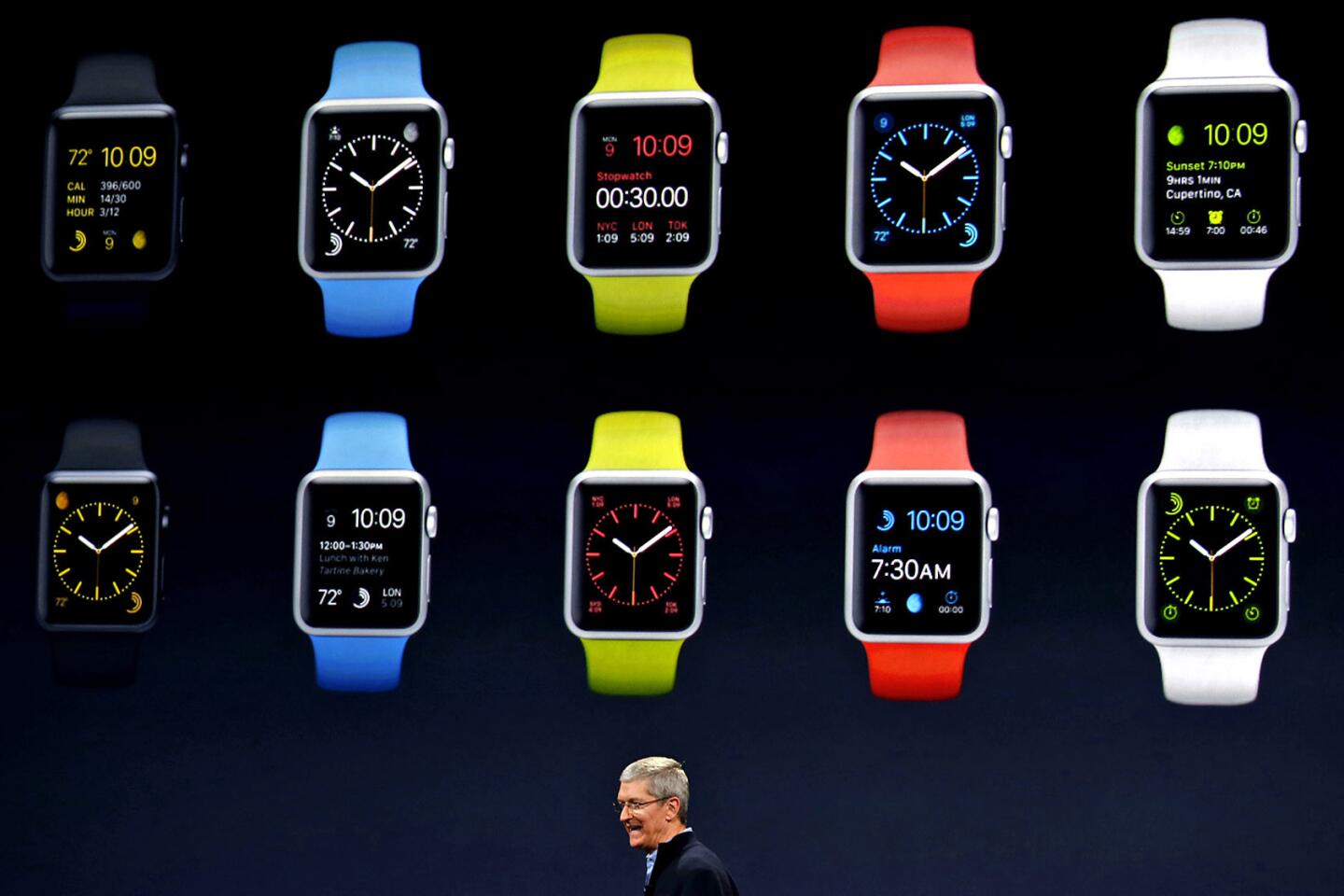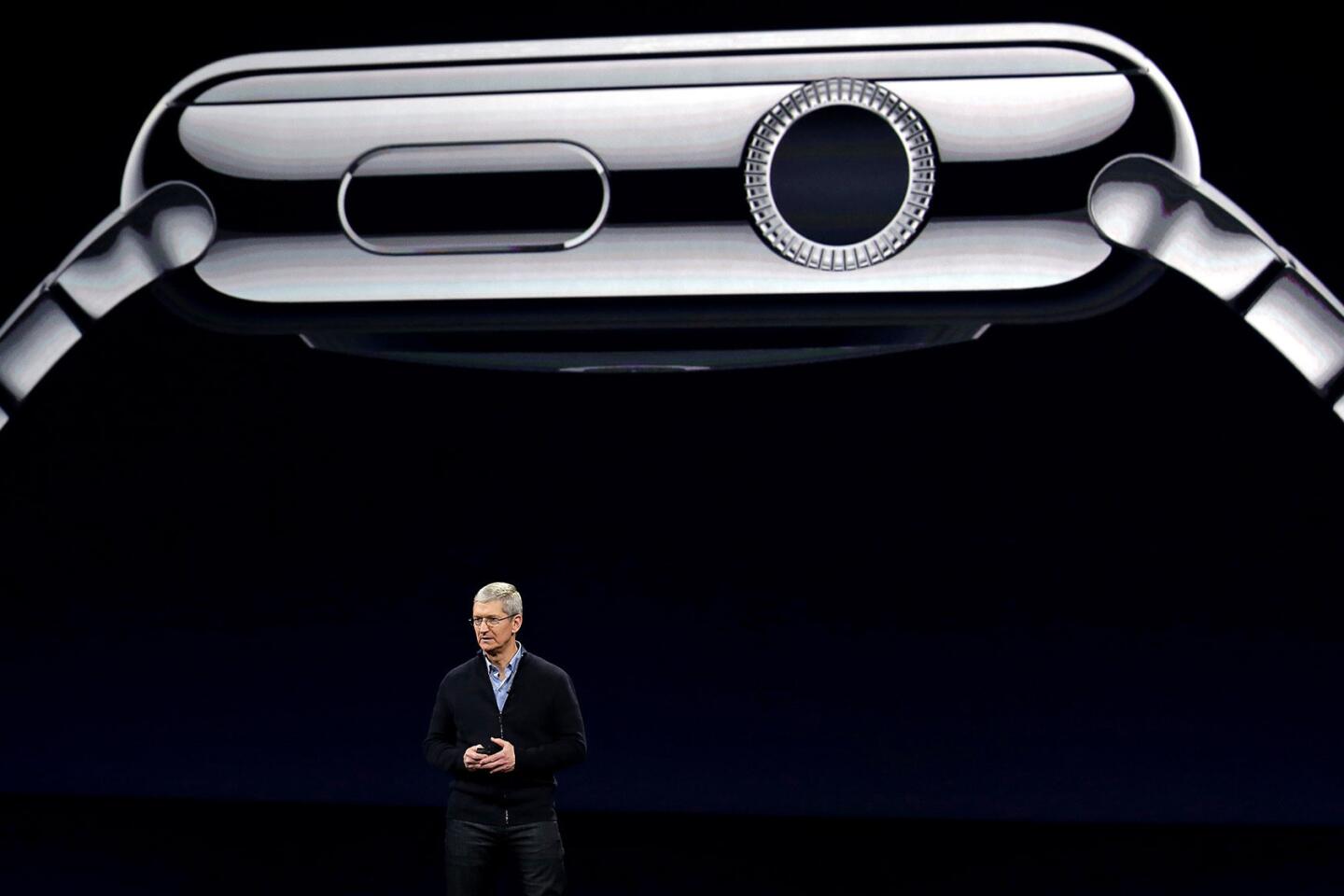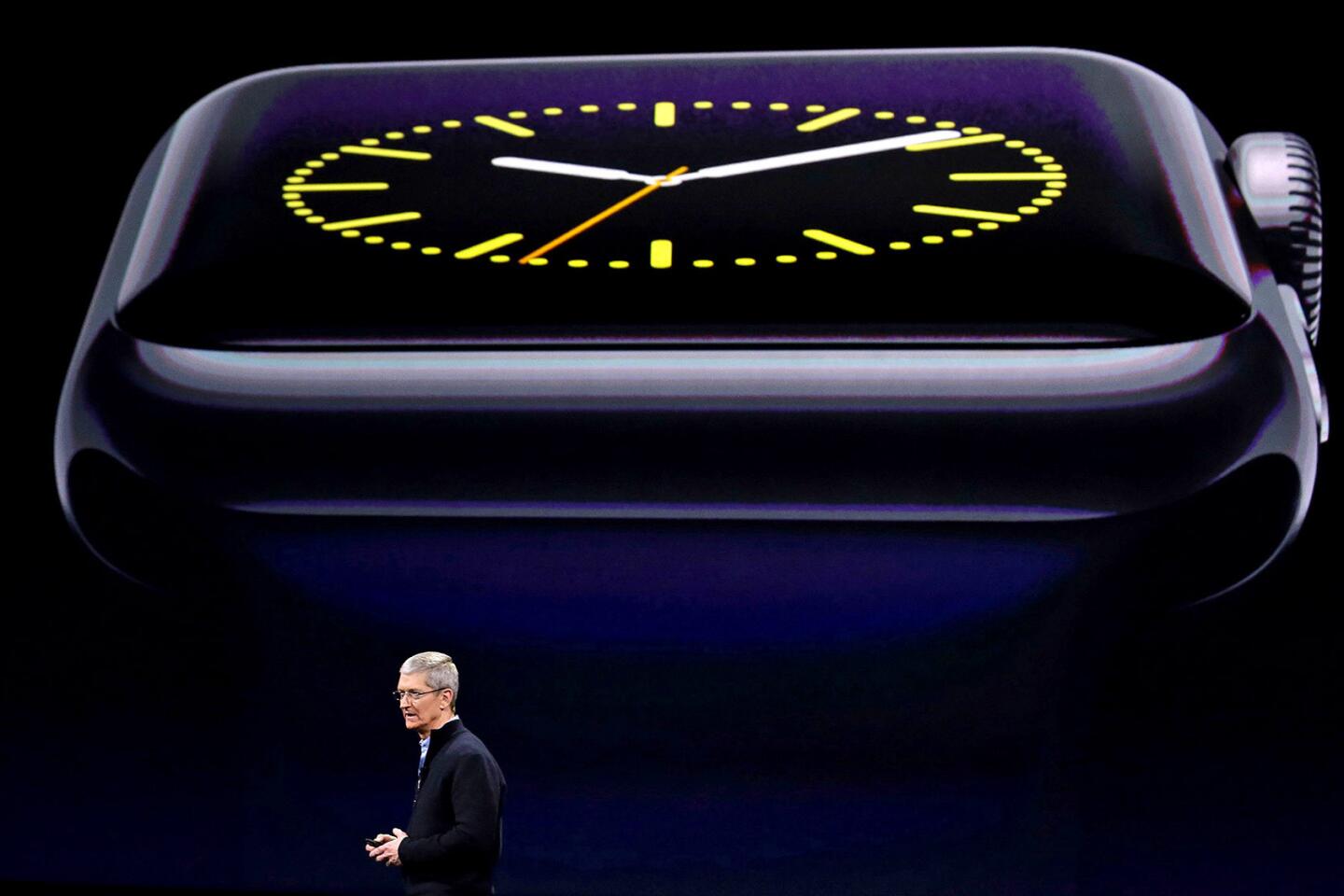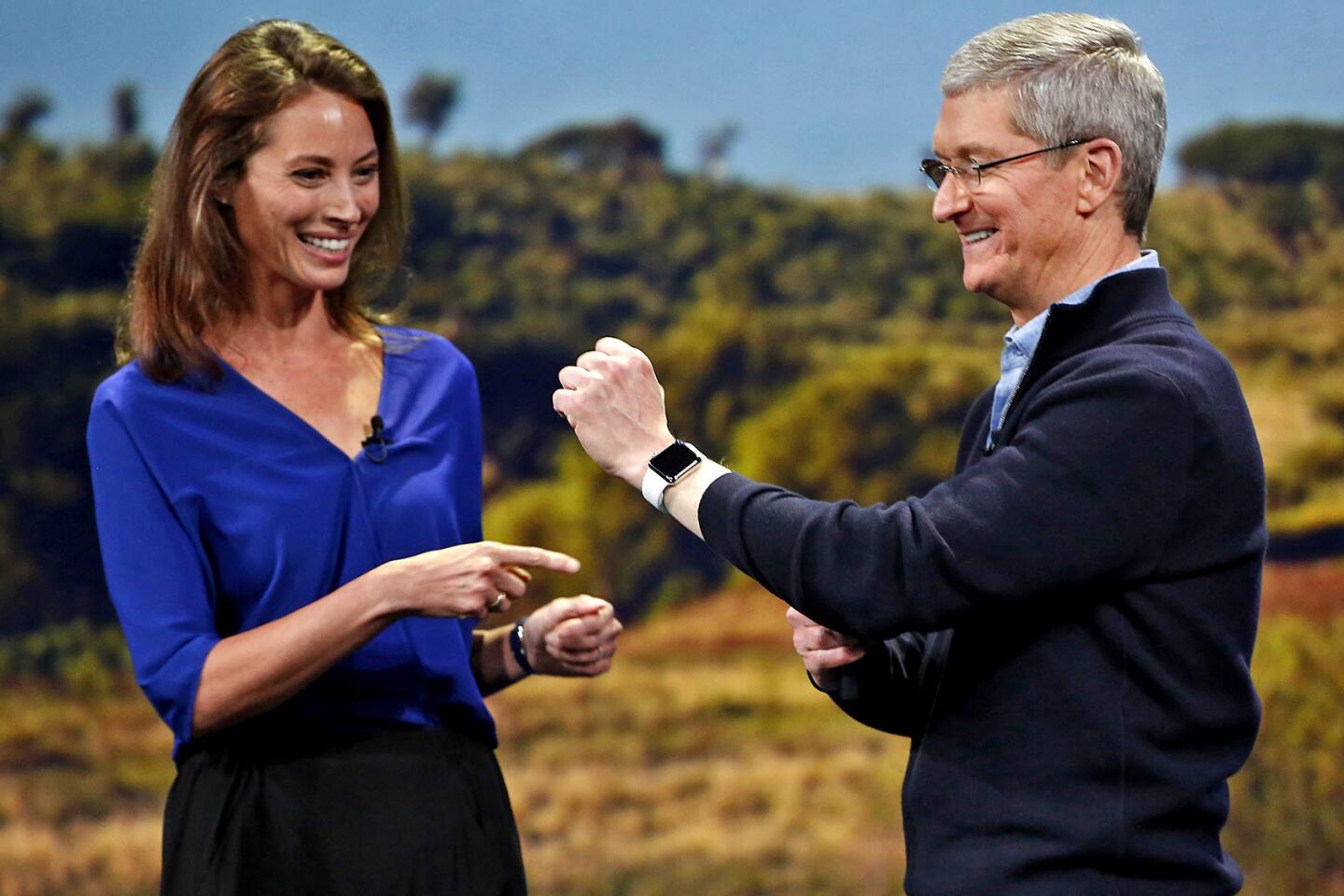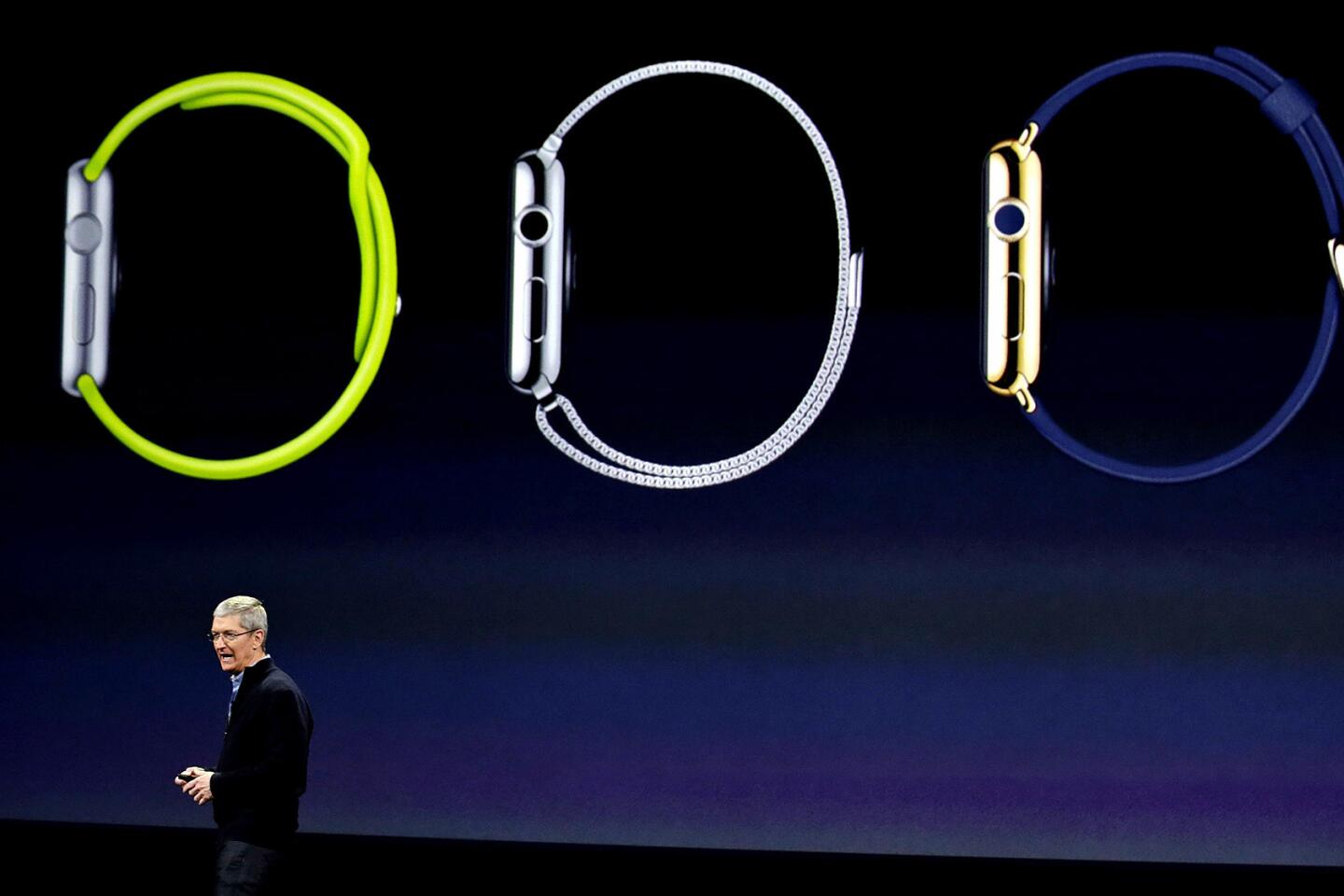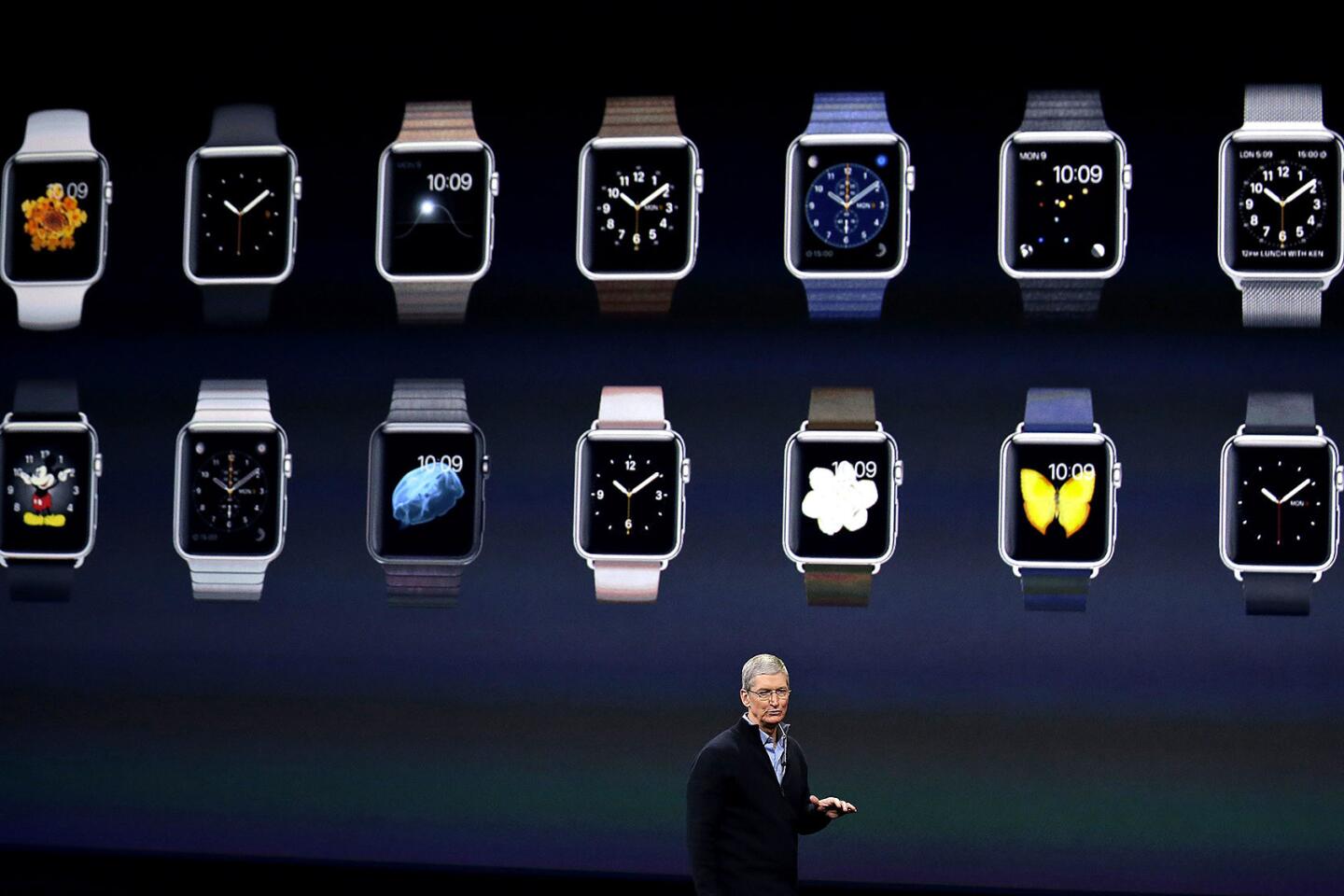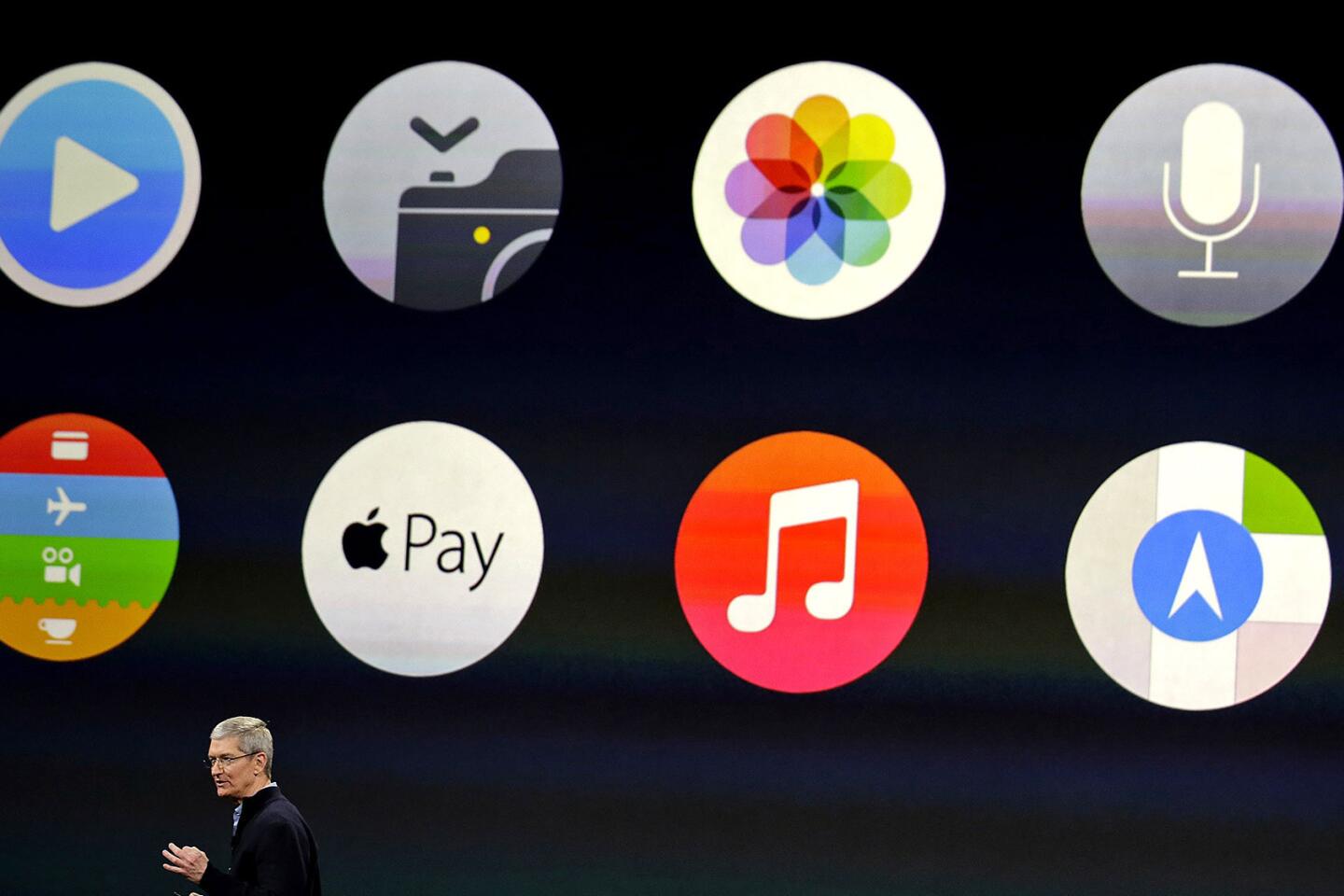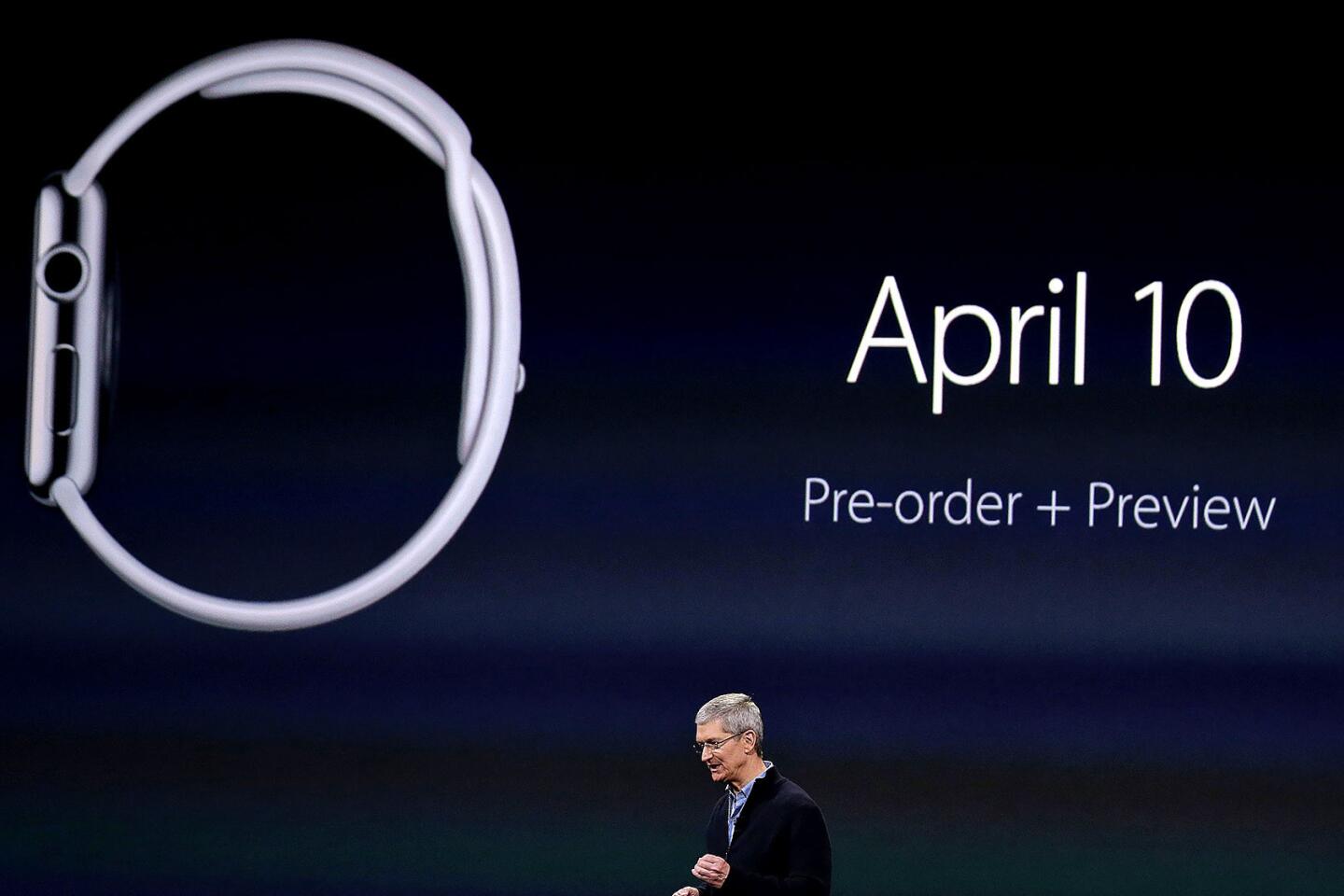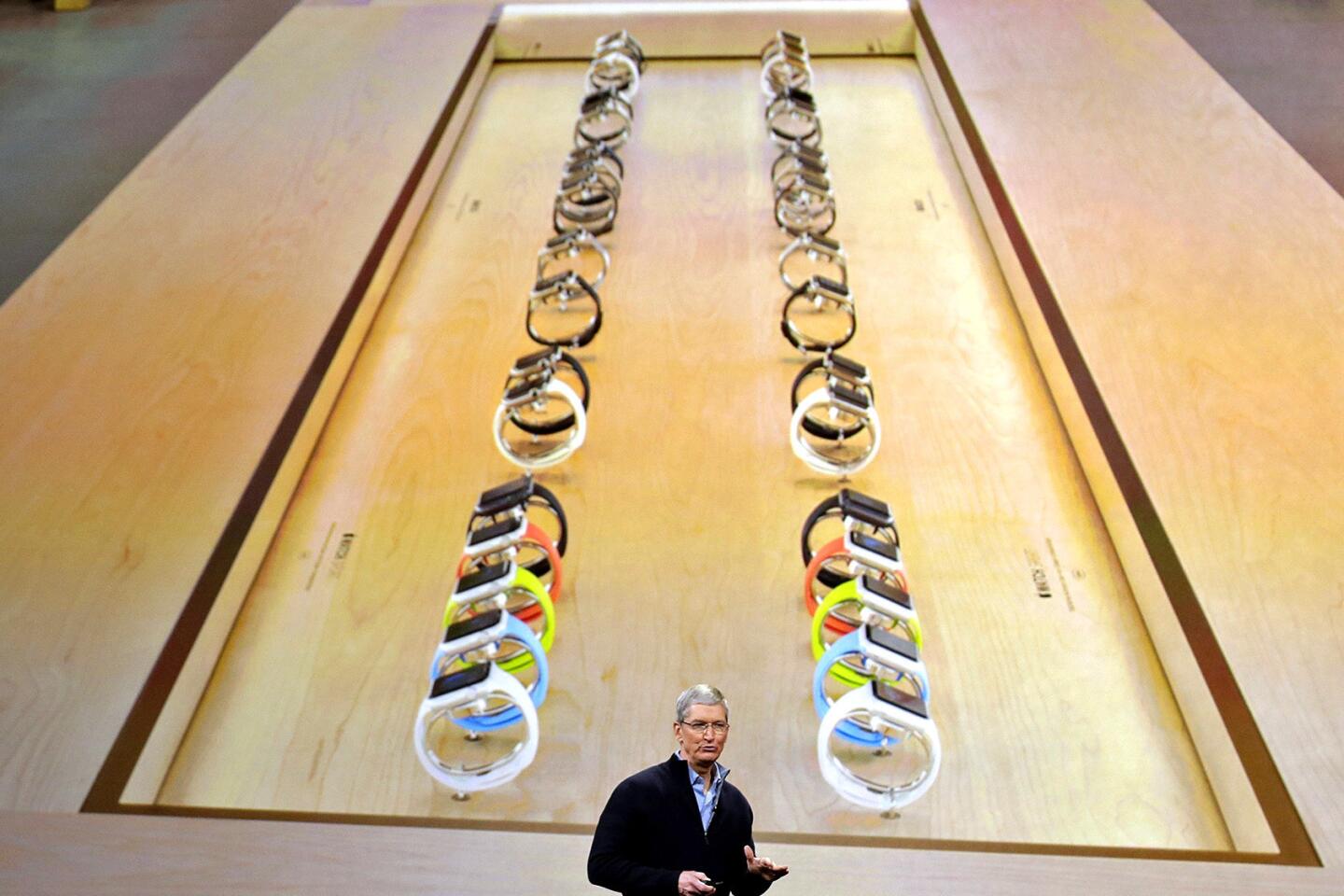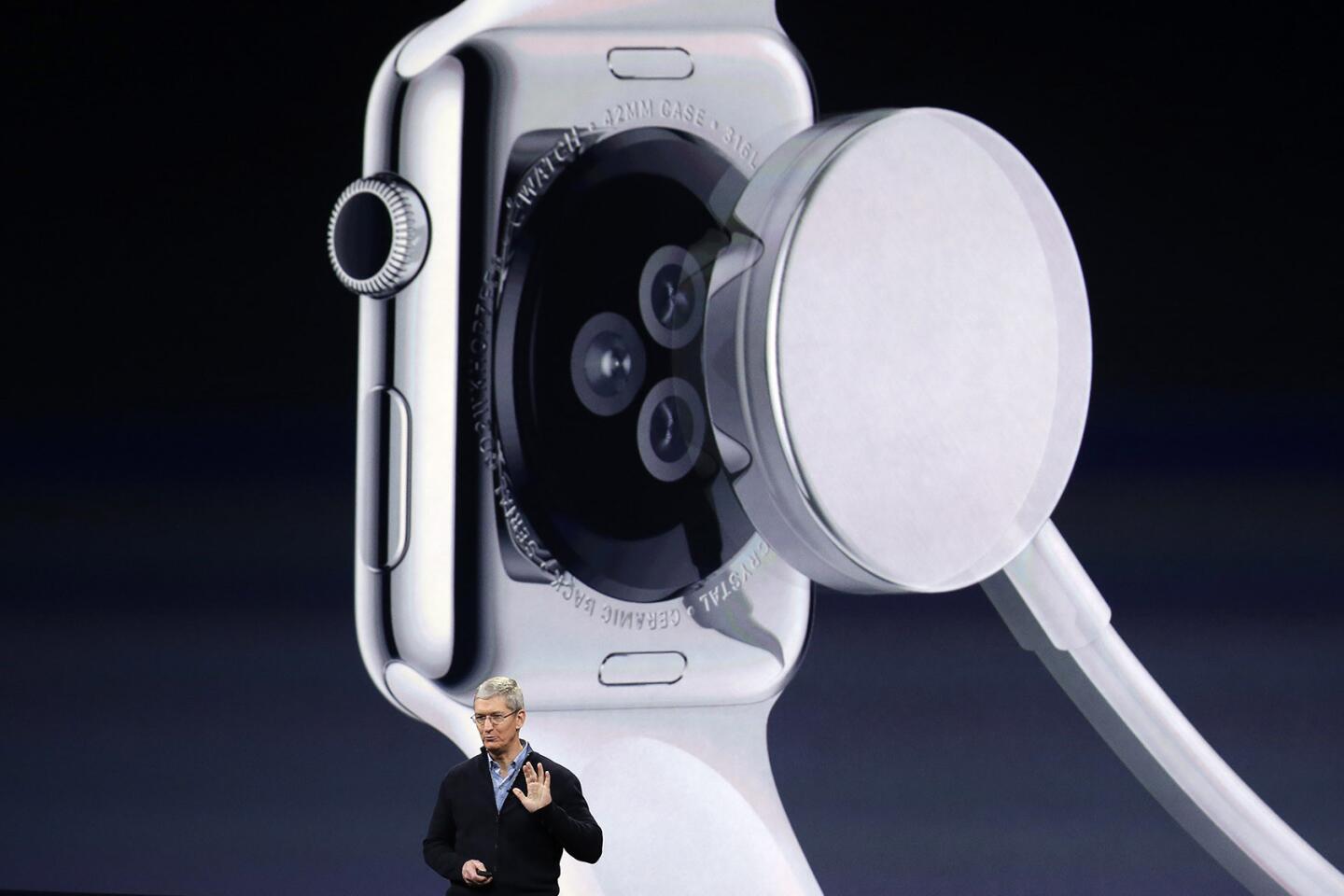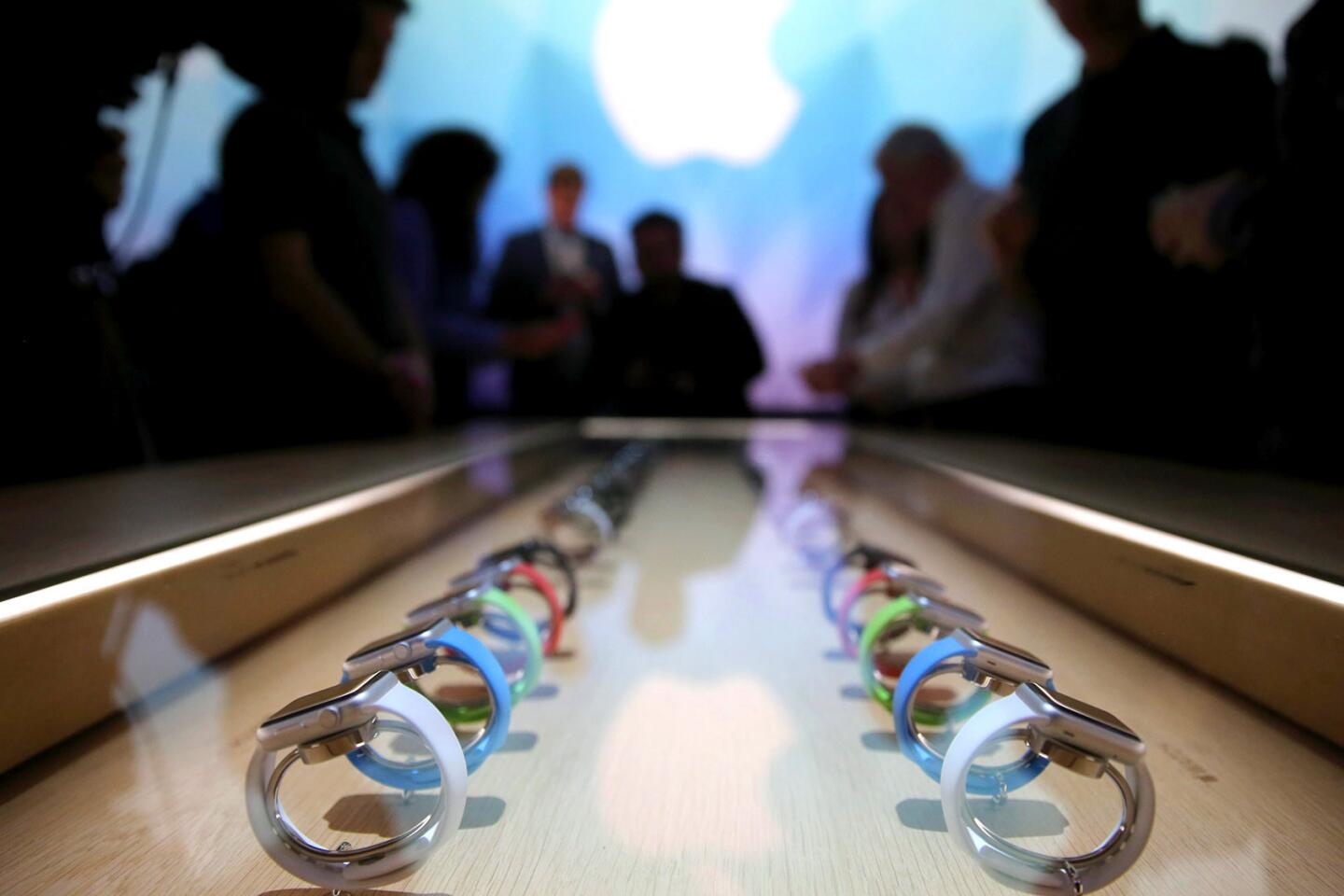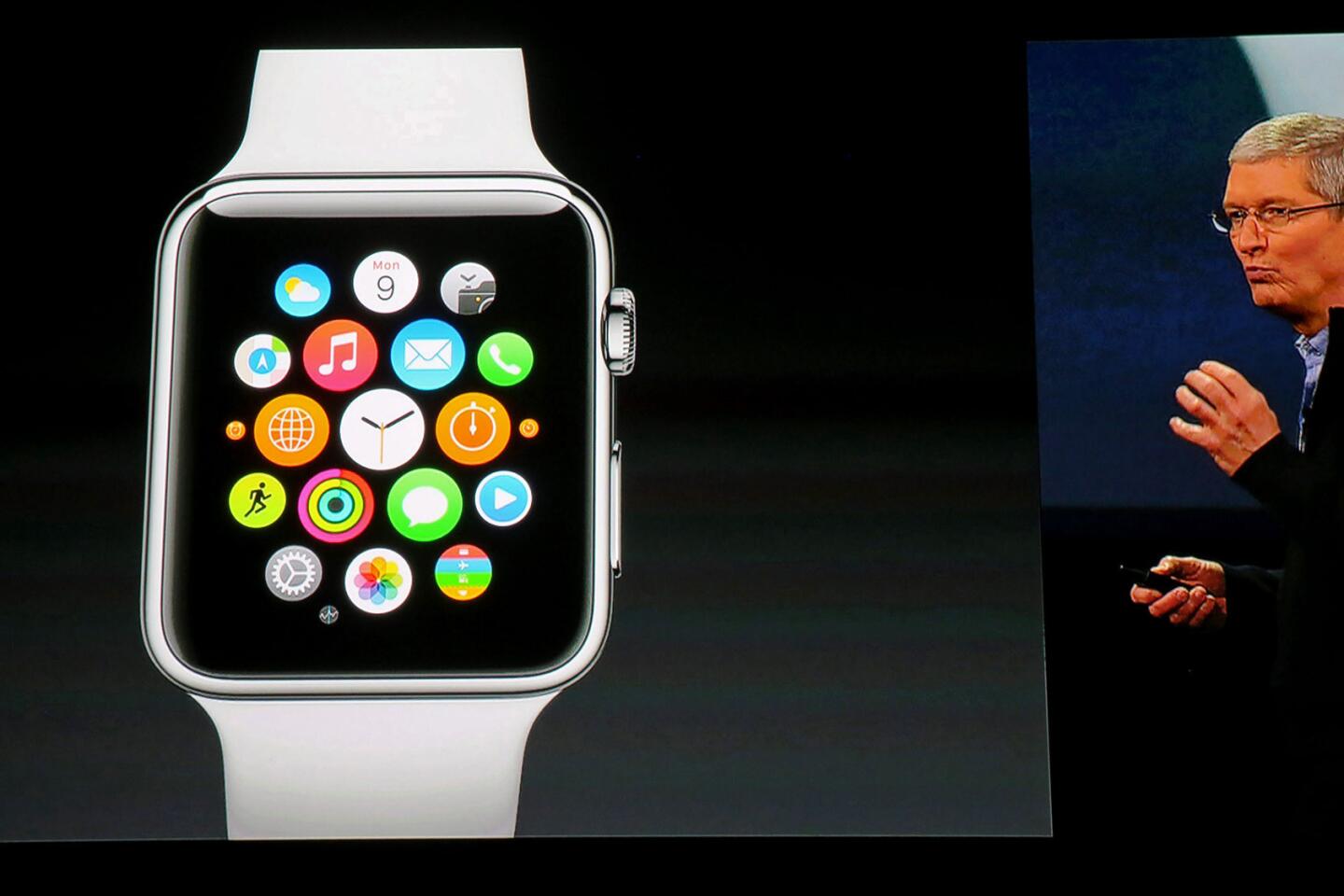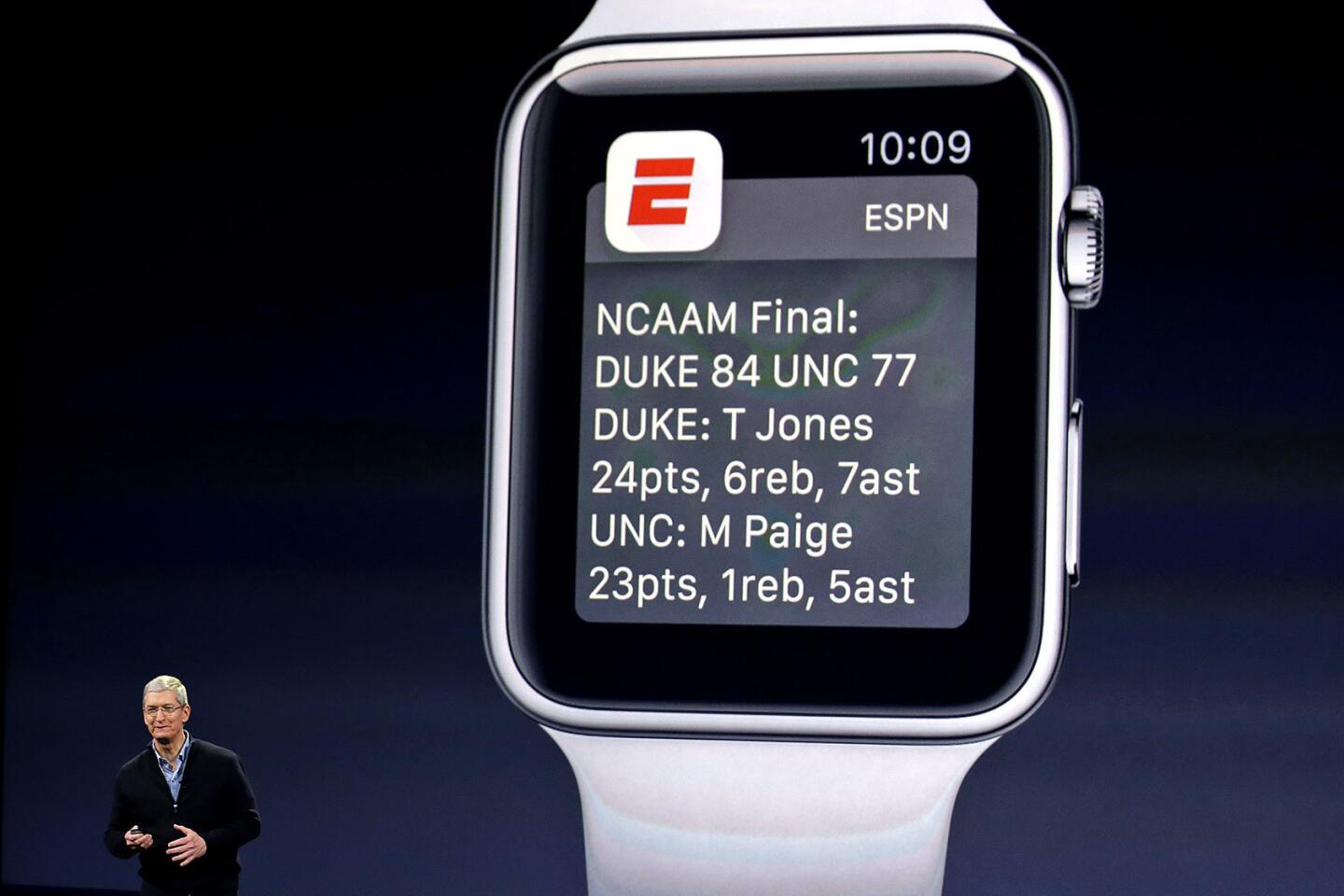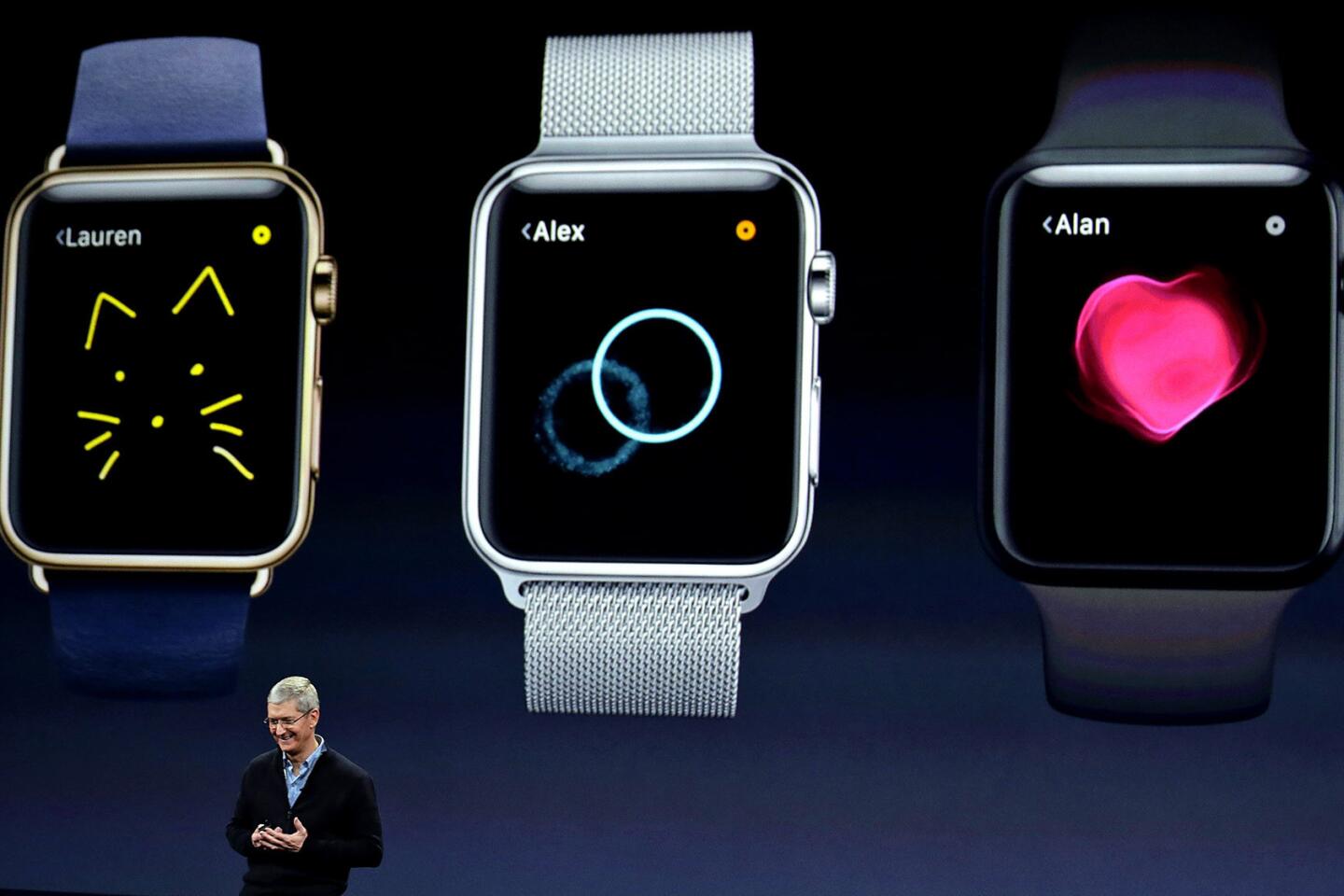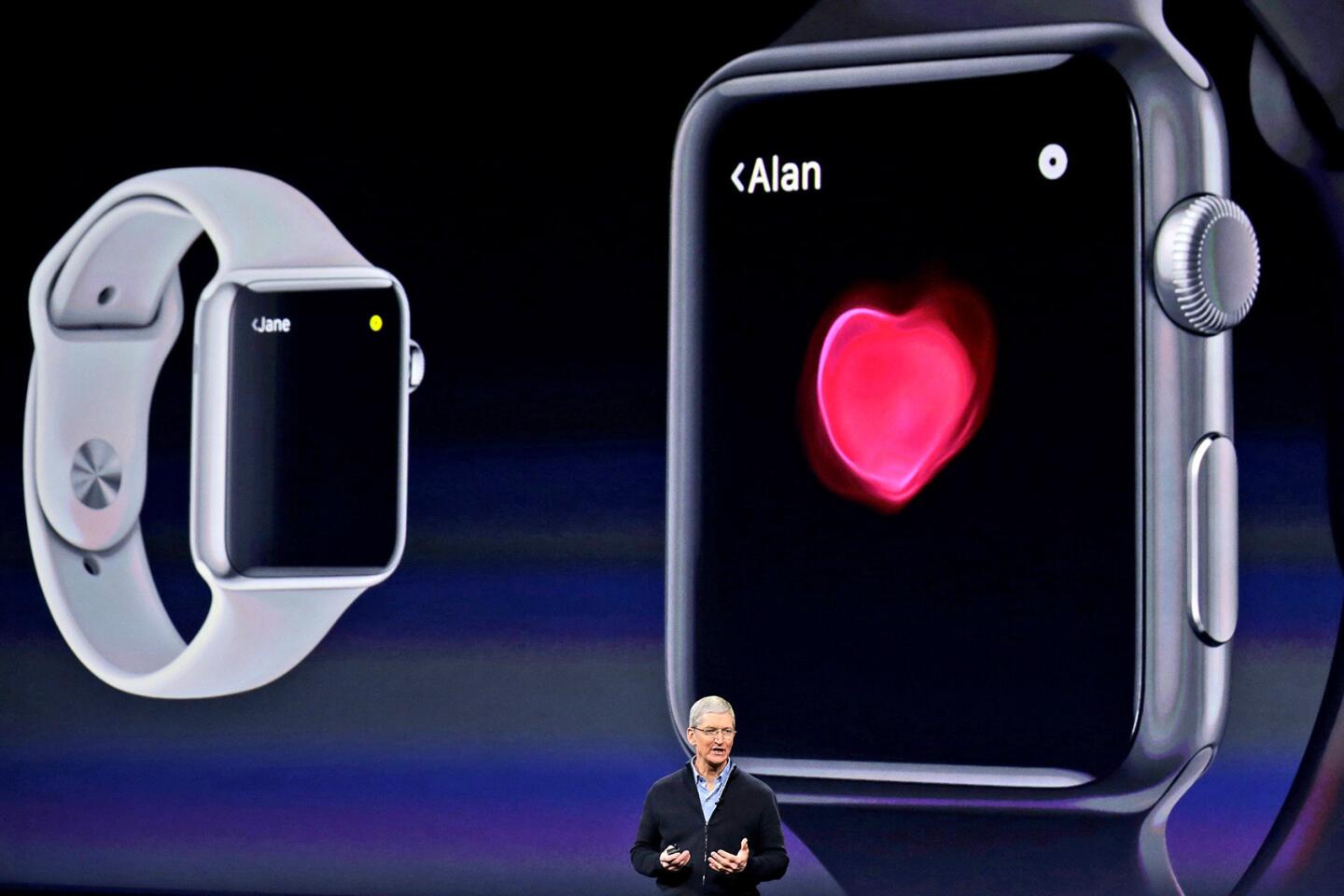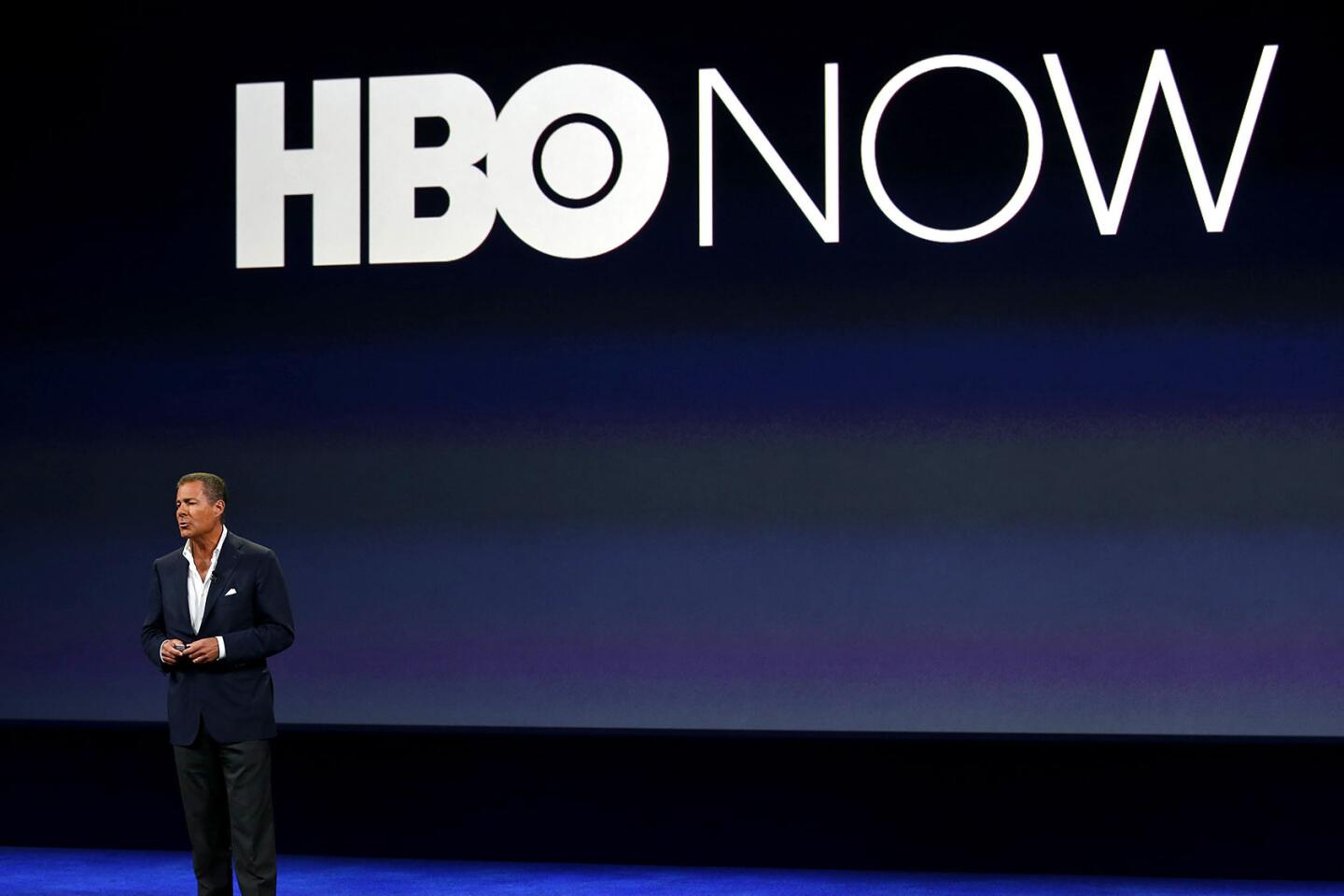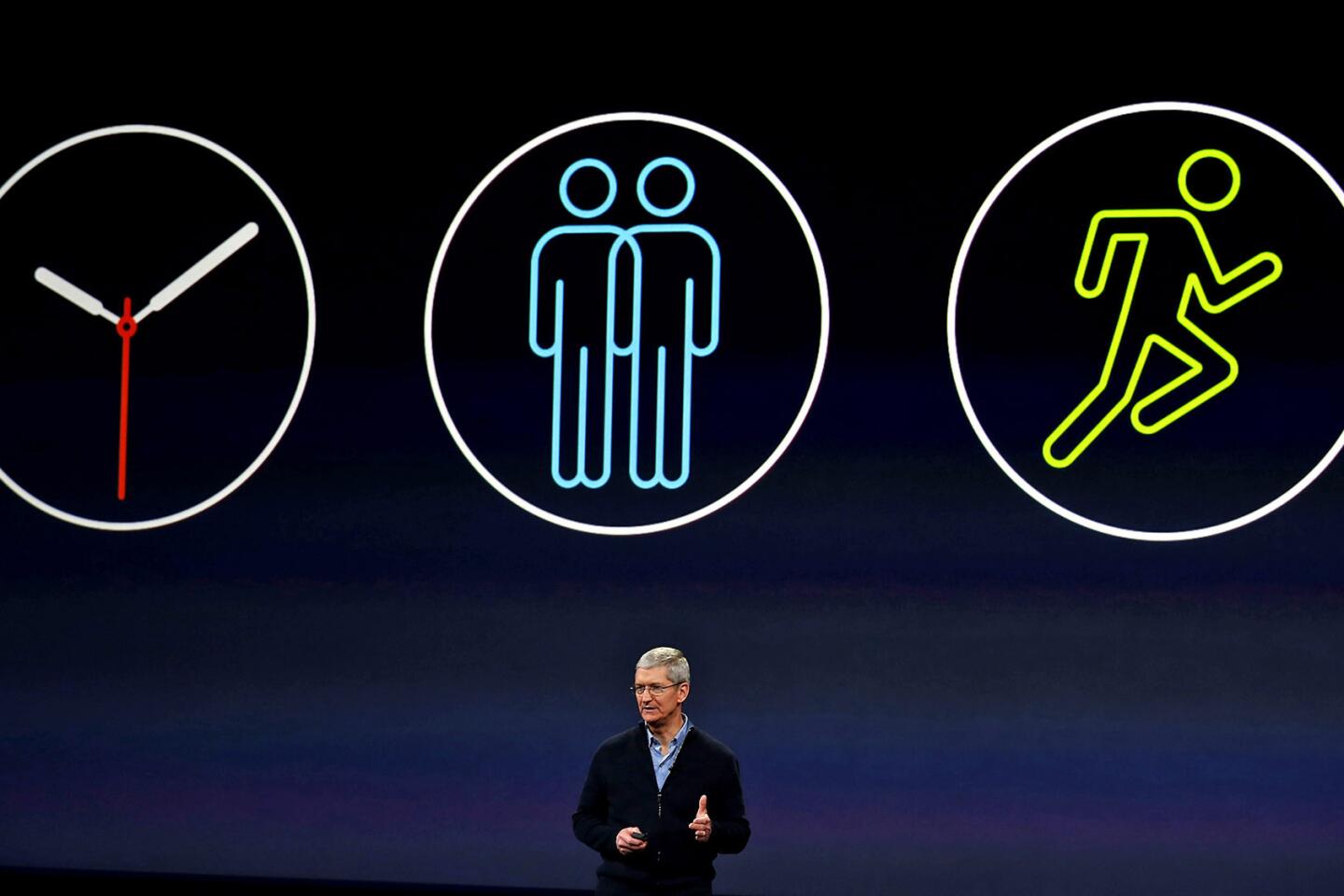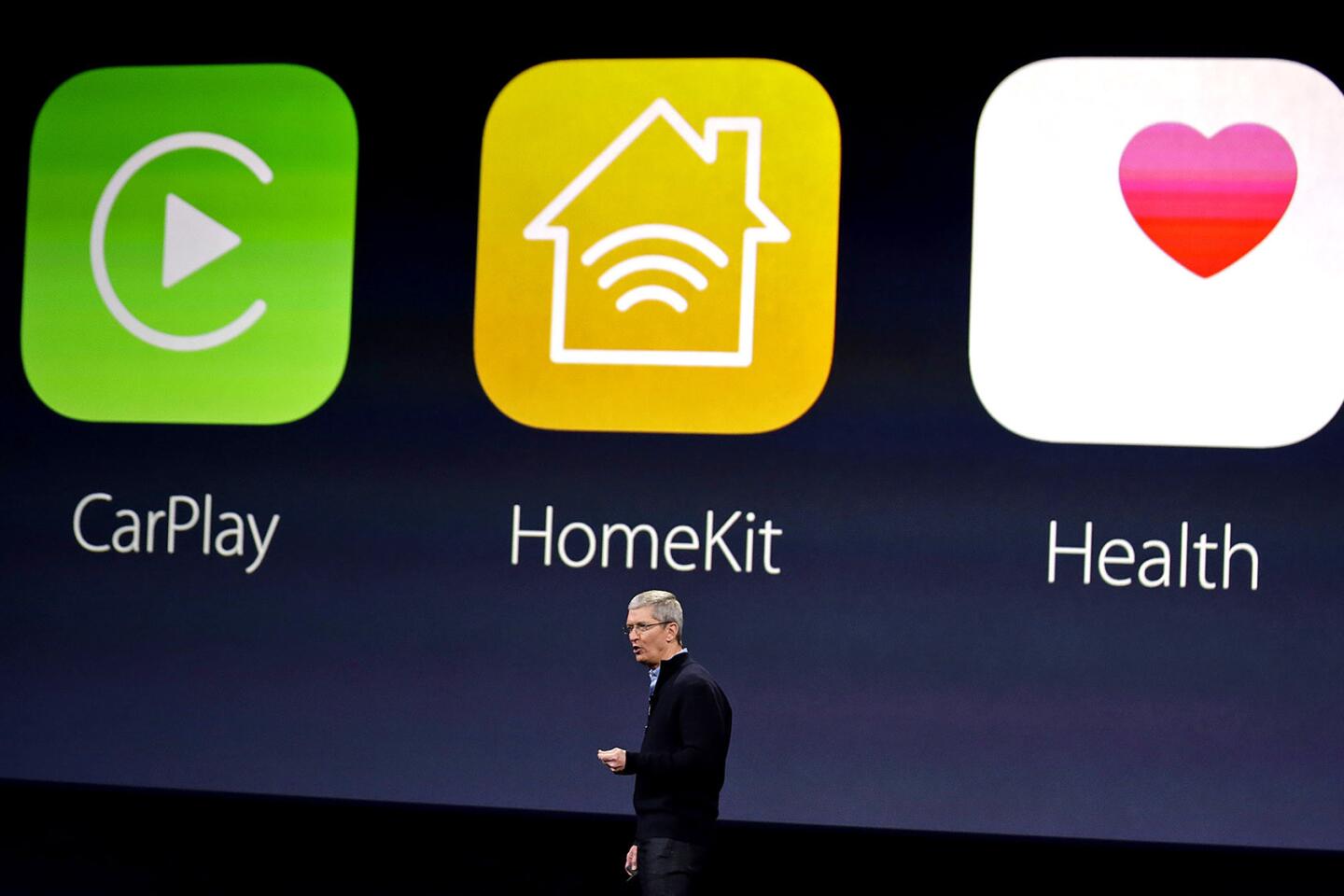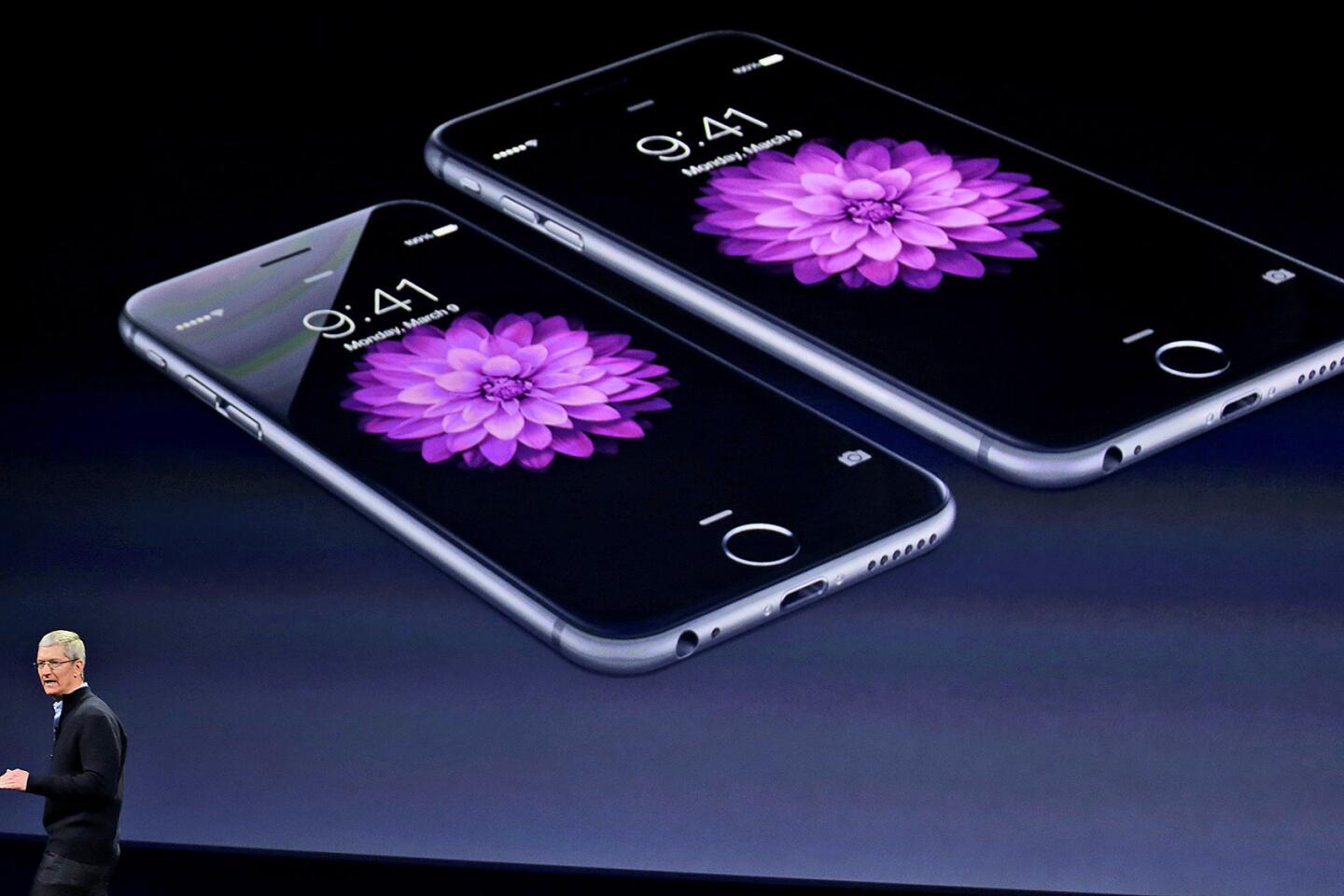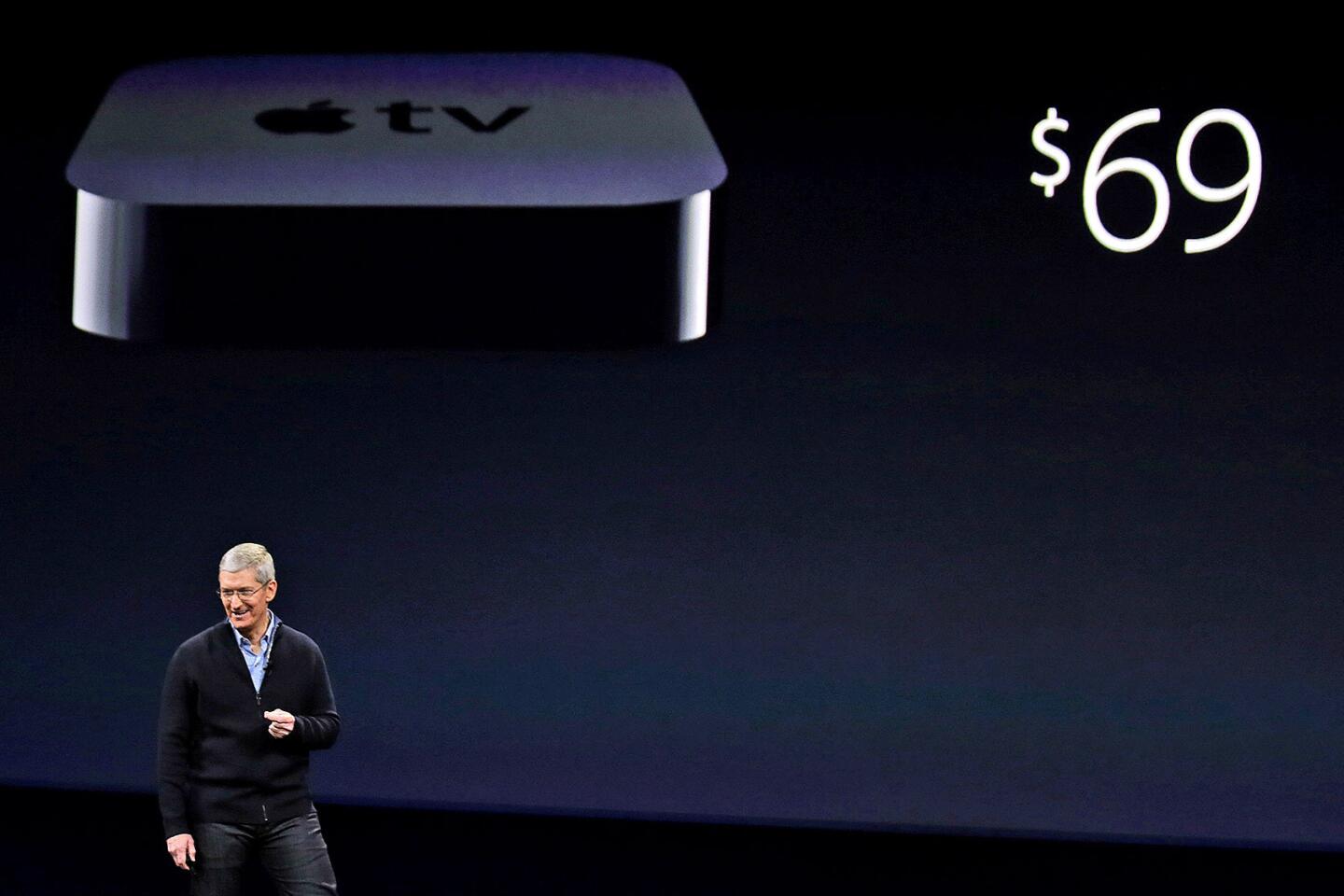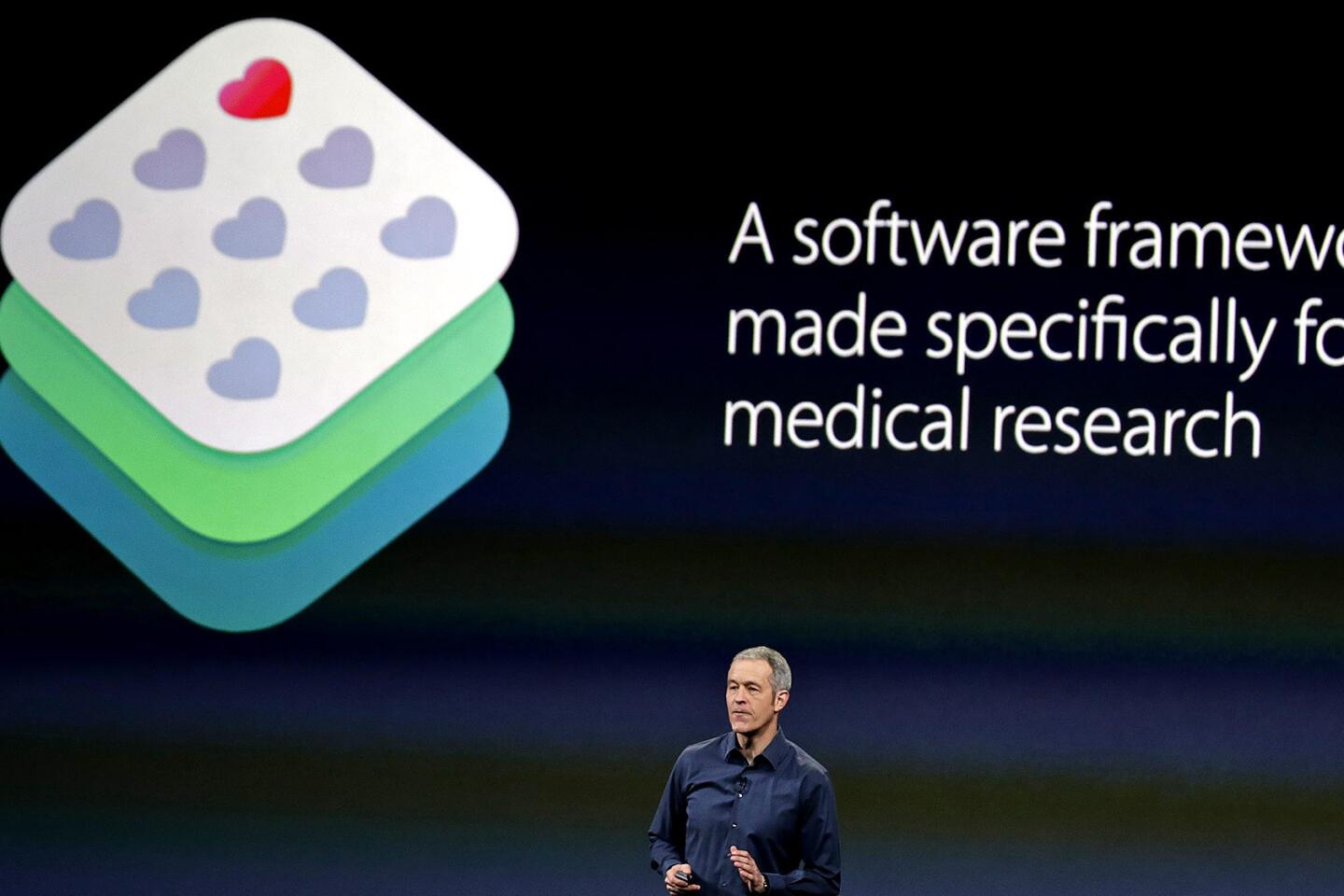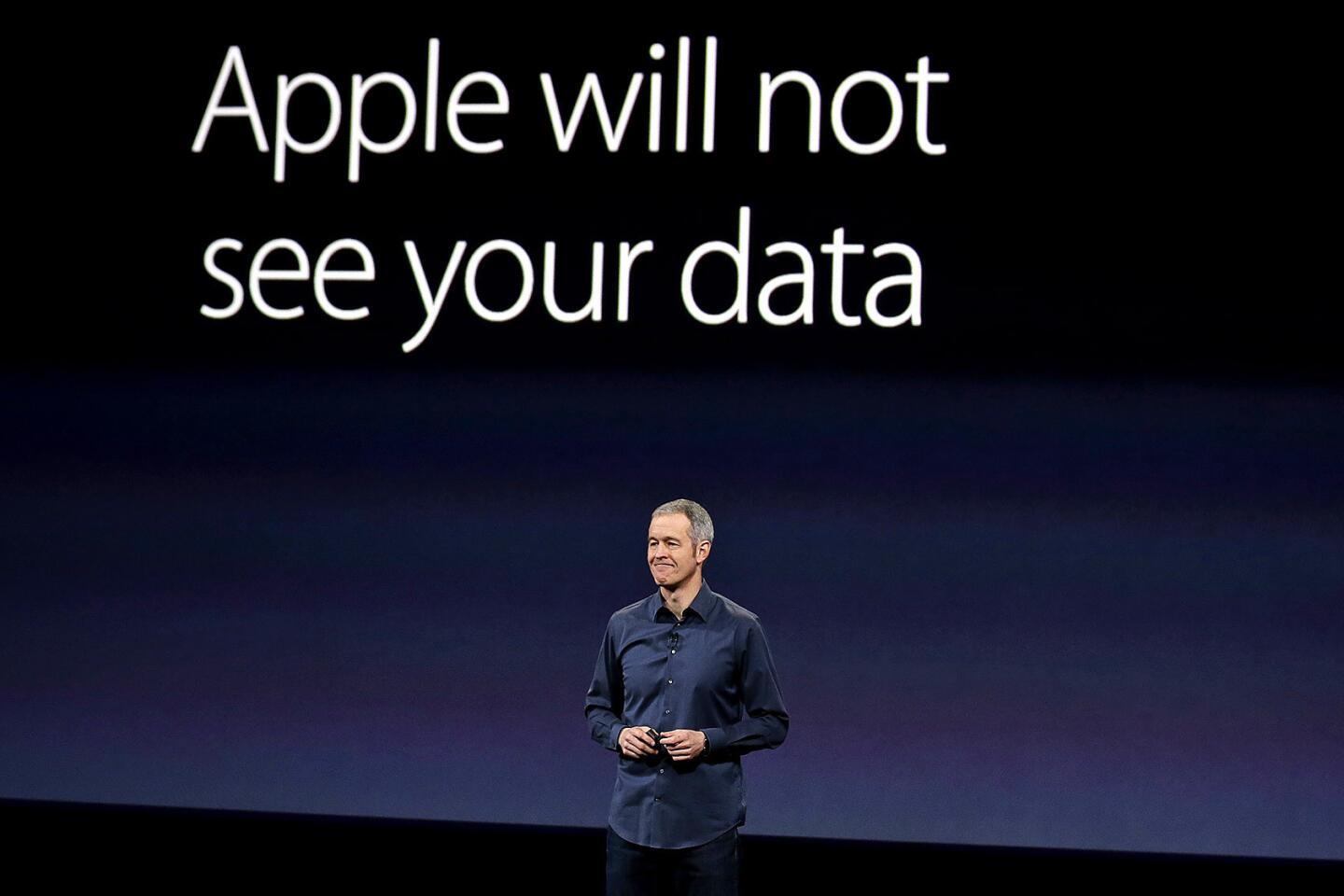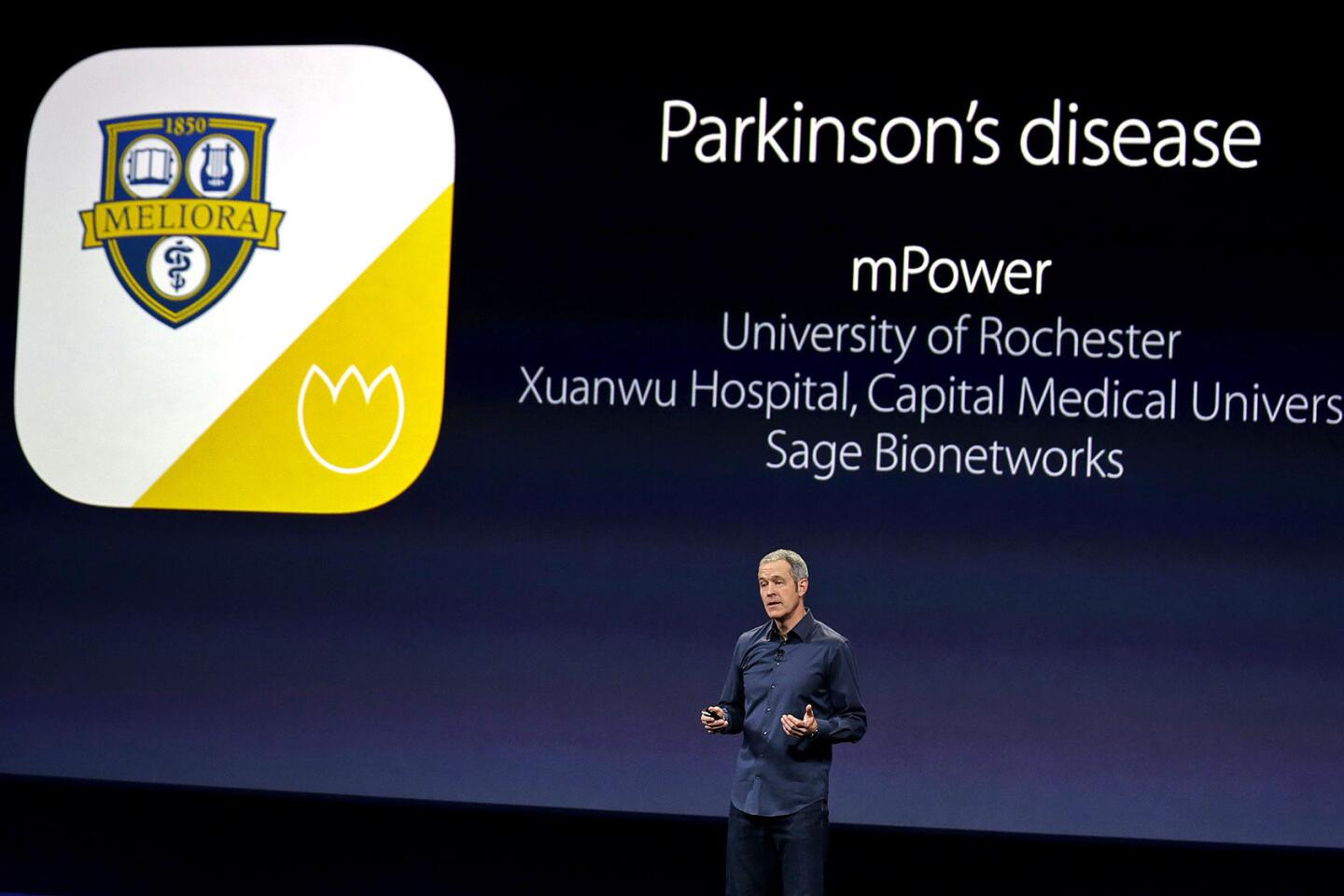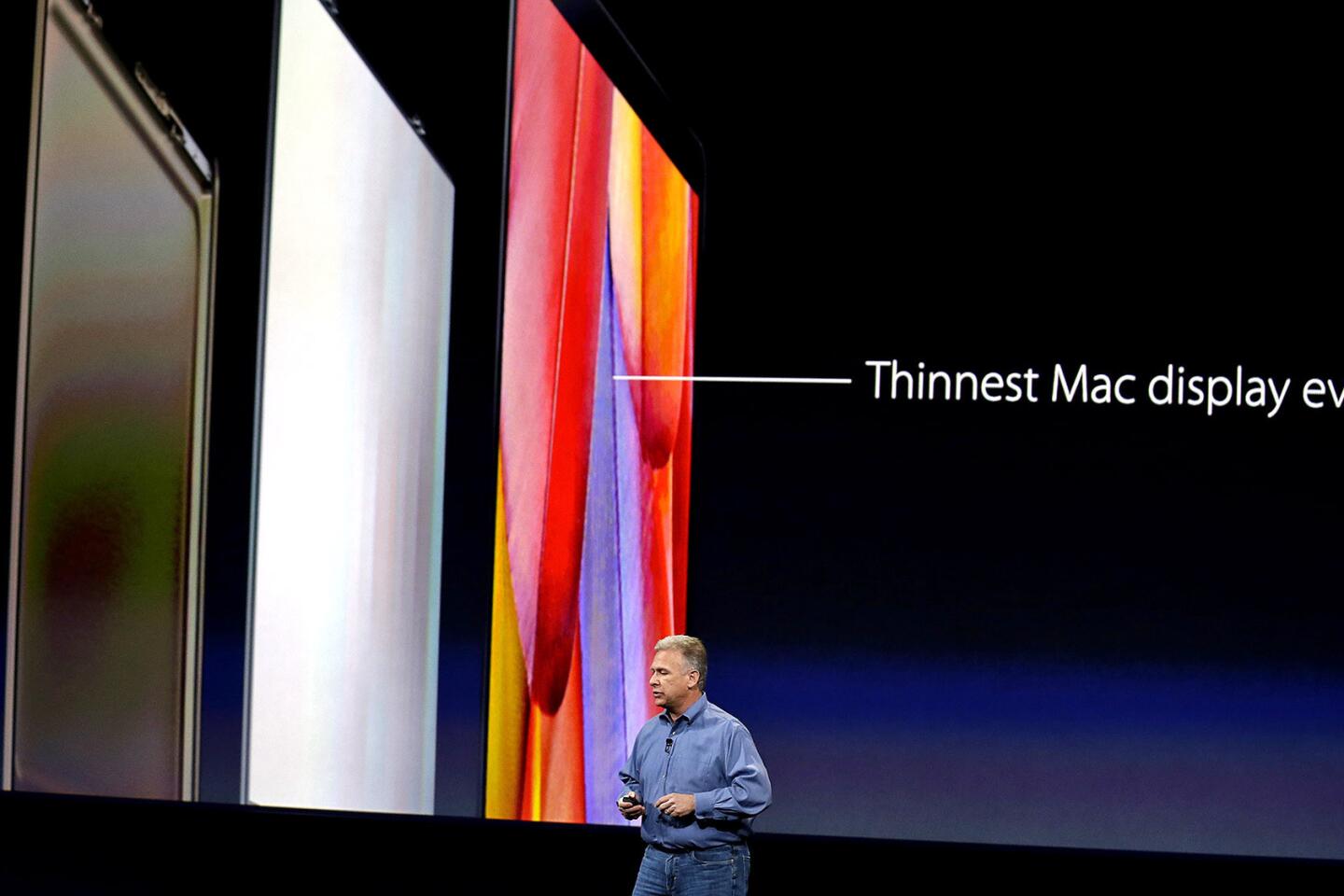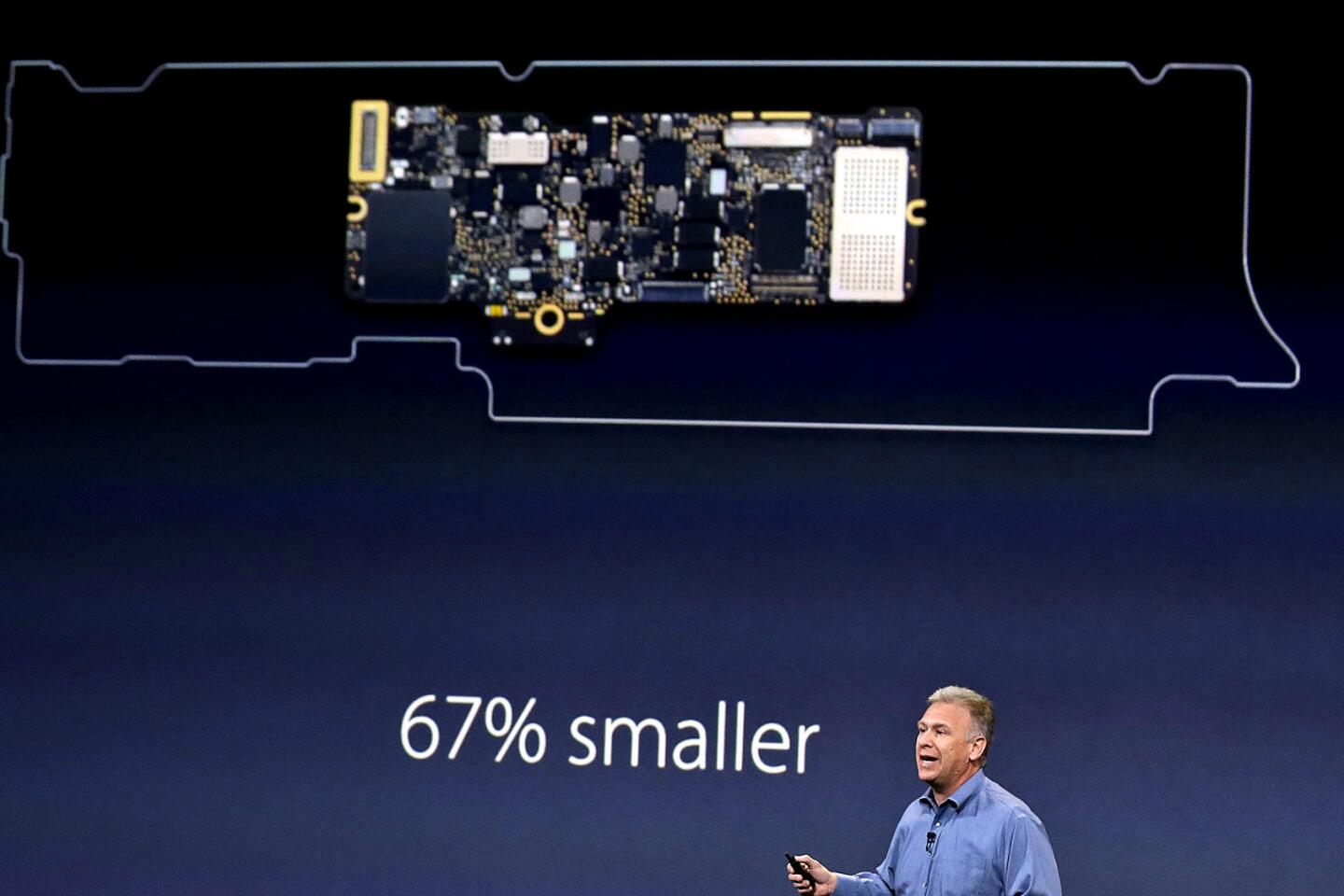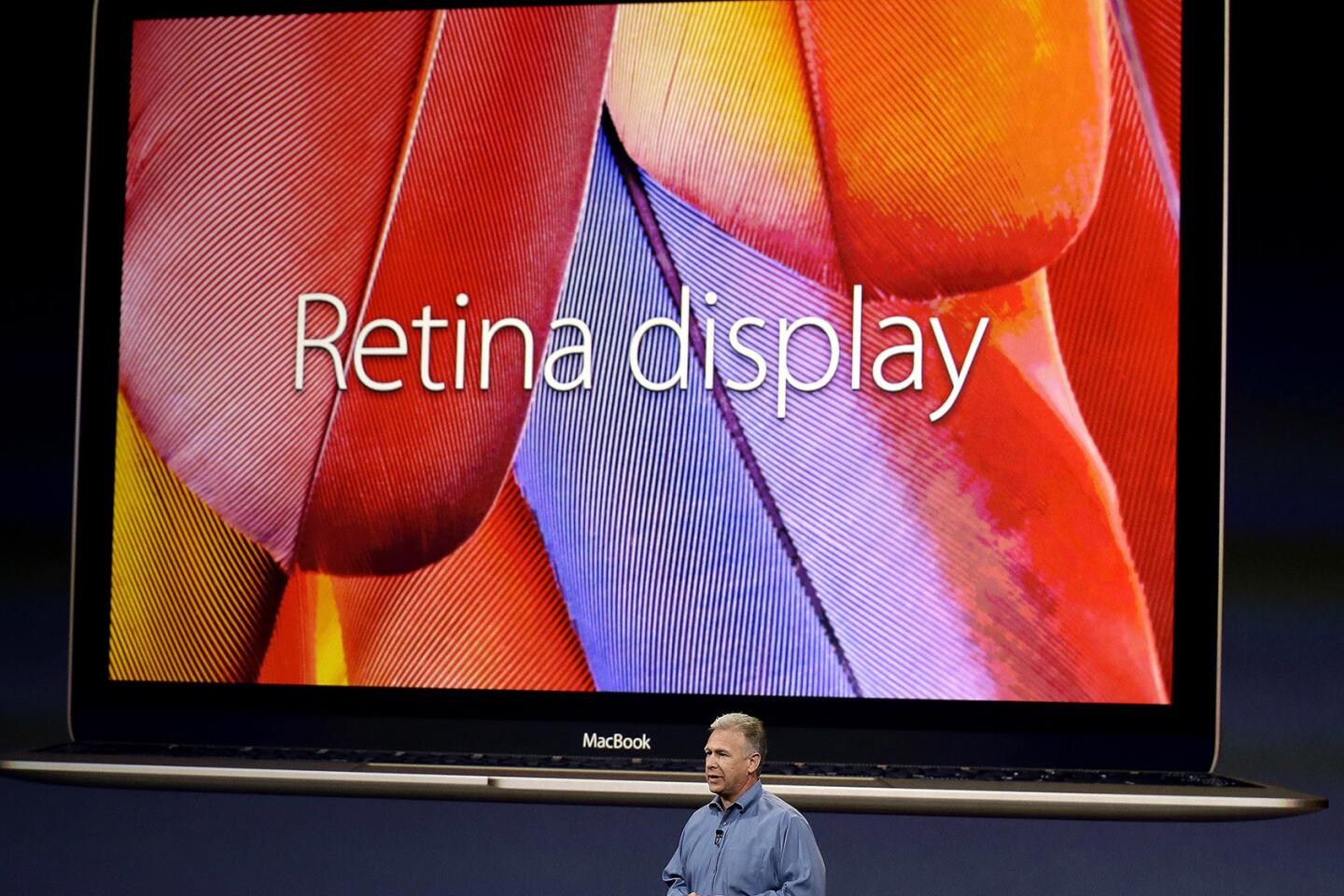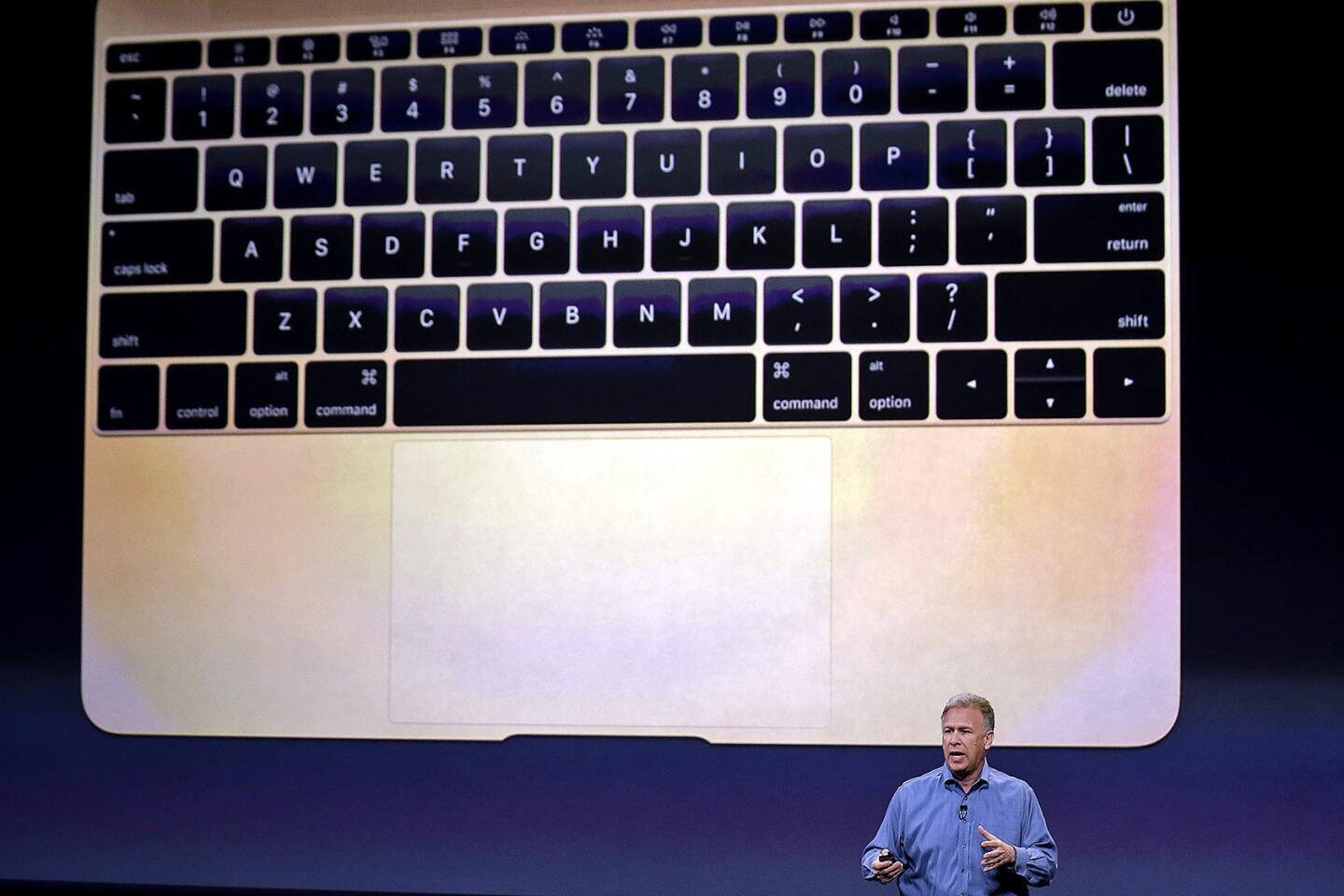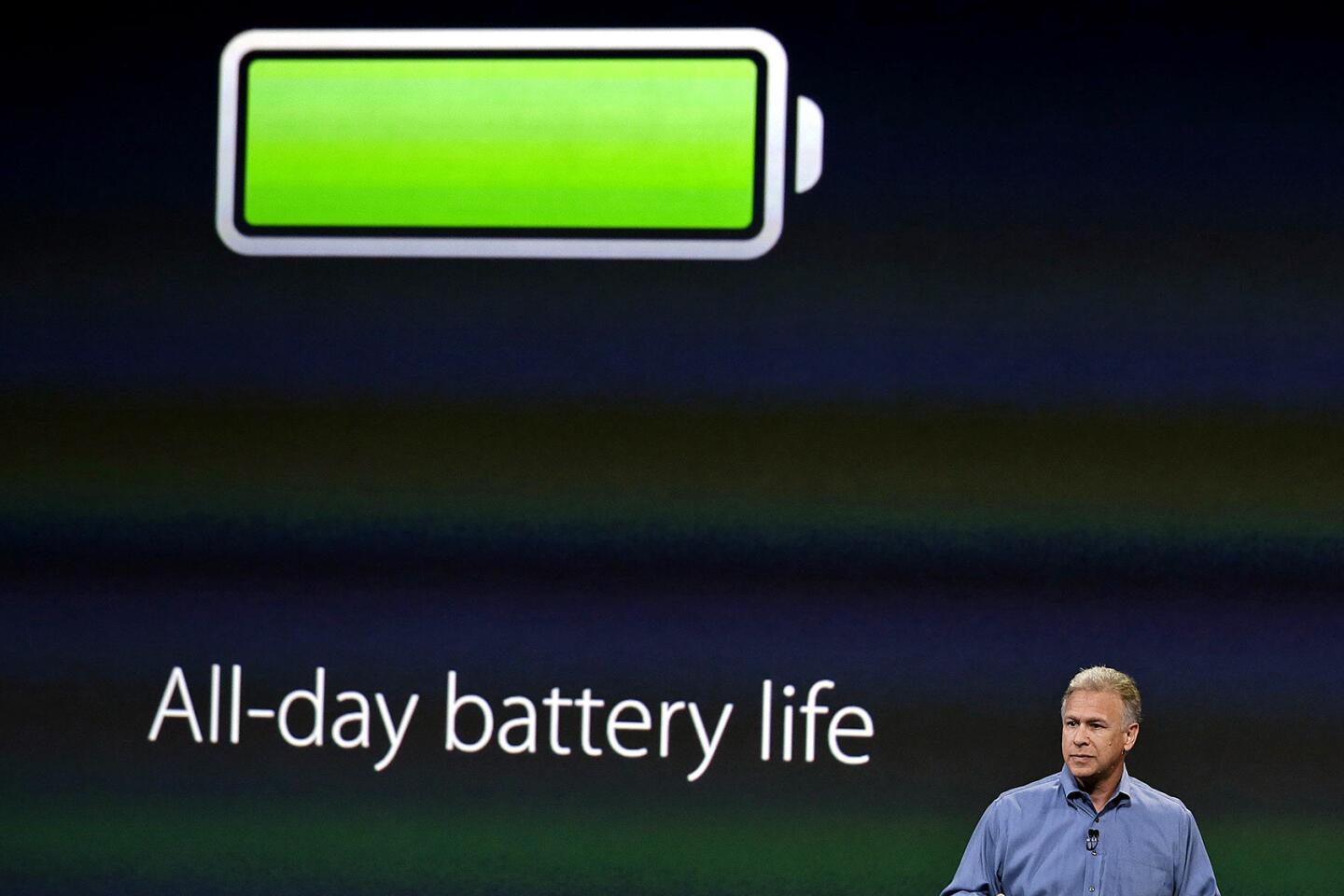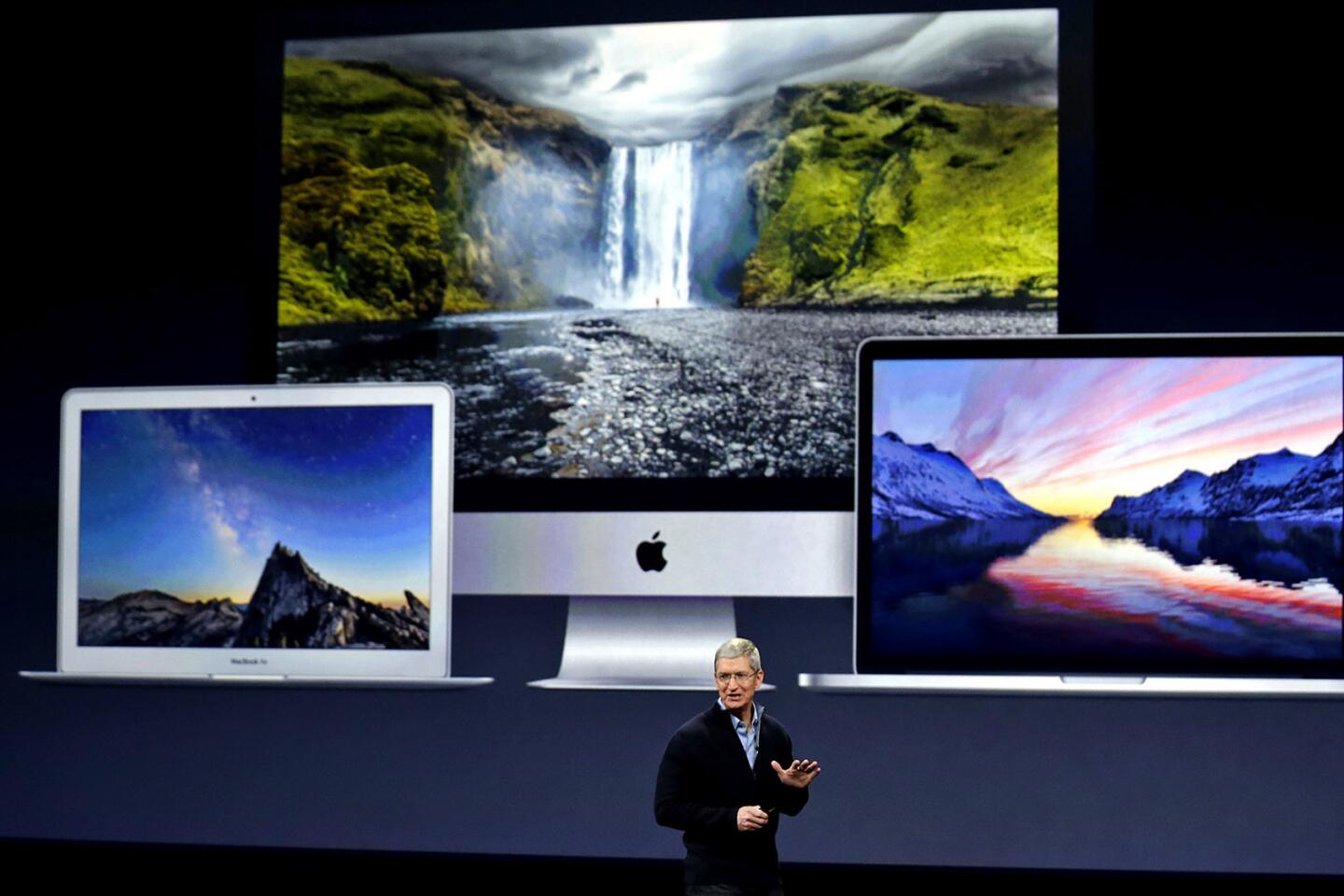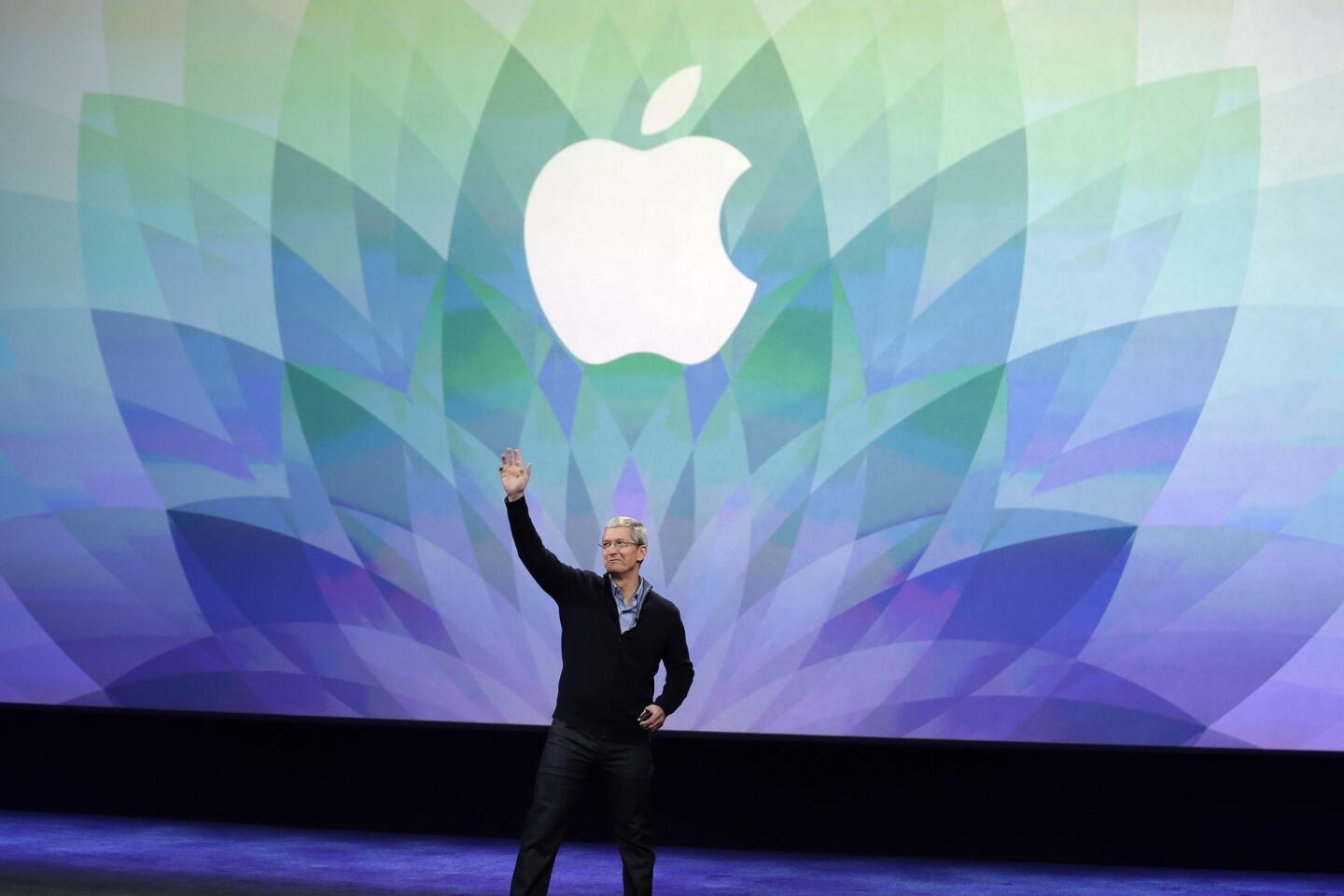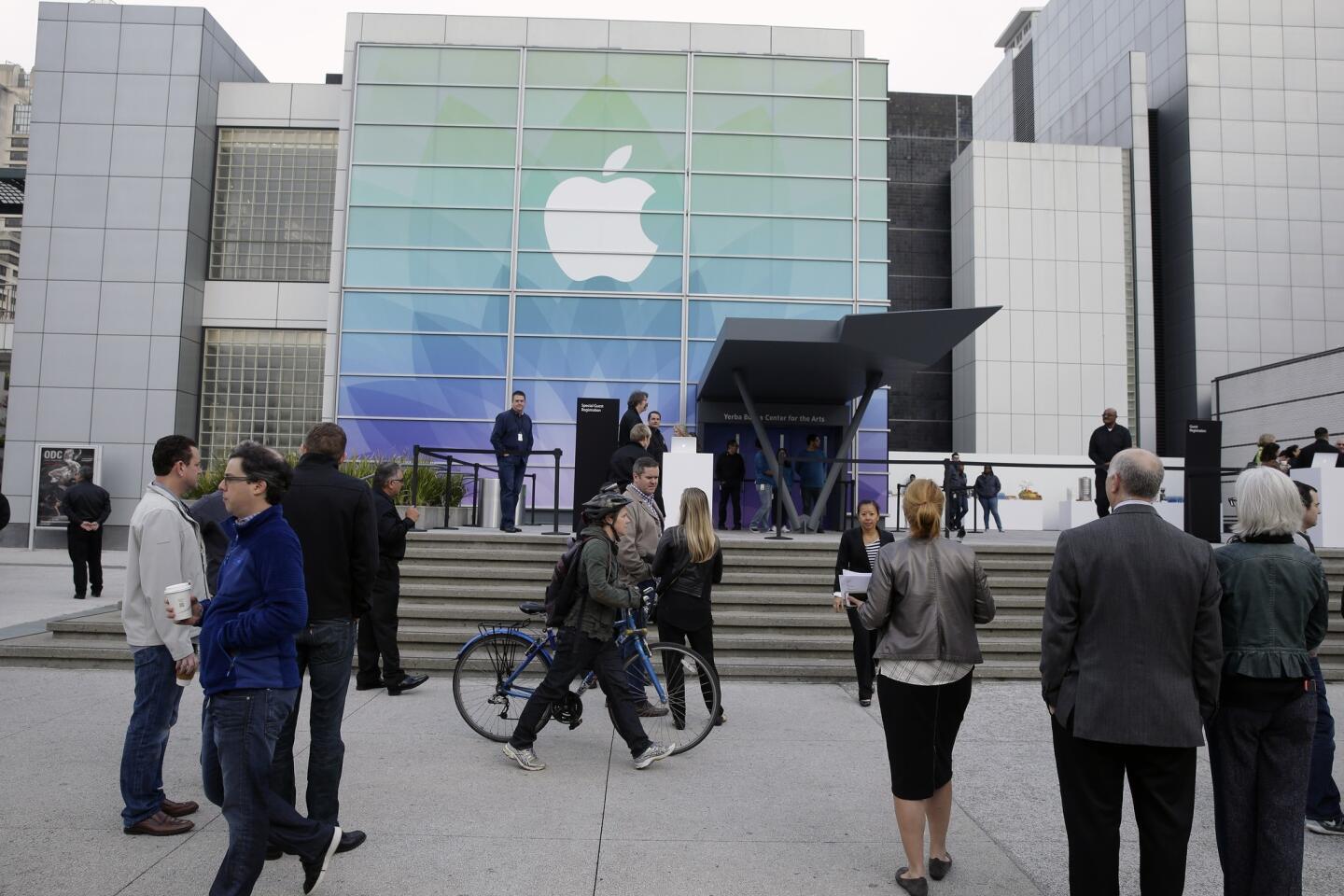Can Apple Watch reset consumer preferences?
- Share via
It’s time to see if Apple Inc. can single-handedly energize the tepid smartwatch market.
When the Apple Watch finally hits store shelves next month, it will join a crowded field of smartwatches, none of which has caught on with the public in a big way.
Millennials, who grew up checking their cellphones to tell the time, have shunned conventional watches, and the addition of Internet connectivity and apps hasn’t yet been enough to entice them.
The other issue is utility: Many people simply don’t get how a smartwatch that relies on a smartphone to fully function, as the Apple Watch requires, can add that much value to their lives.
“The entire category needs a breakout product. Right now, there’s a lot of noise,” said Rob Enderle, principal analyst at Enderle Group. “The last couple of years, younger consumers have walked away from watches in general. So not only does this category have to establish itself, it has to offer a counter-trend to use watches instead of phones.”
The buzz, as usual with new Apple products, is loud and sales are projected to be huge — they range from 10 million to 40 million watches sold in the first year as ardent fans rush to buy the device, which is a fashion piece, a health and fitness tracker, an iPhone companion and a mobile wallet in one wearable gadget.
But whether the Cupertino, Calif., company has a long-term game-changer on its hands (wrists?) and can persuade average consumers to fork over hundreds, or possibly thousands, of dollars for the watch is far from a sure thing.
“The Apple Watch will surely boost the smartwatch market, but not enough for mainstream adoption yet,” technology expert Jonathan Roubini said. “It won’t have the strength to be the catalyst.”
There’s a lot riding on the watch’s success. It’s Apple’s first new product category since the original iPad was released five years ago. It’s a big test for Chief Executive Tim Cook, who needs to prove that Apple can churn out the kinds of groundbreaking innovations that it did under Steve Jobs. And consistently strong watch sales would relieve Apple of the burden of having so much of its revenue come from its flagship product, the iPhone.
On Monday, when Apple holds a special event in San Francisco, the company will get another chance to make a big marketing push for the watch.
Apple is counting on its history of product successes. The company changed the way people listened to music with the iPod and catapulted smartphones into the mainstream with the iPhone. There were skeptics before the iPad was released, and that went on to be an industry-changing product as well.
“Those things were the best things that were ever invented for at least one task,” said Andy Hargreaves, senior research analyst at Pacific Crest. “For broad consumer adoption, you’re going to have to have something the watch does that is better than anything we’ve ever seen, and I don’t know what that is yet.”
Apple is riding a wave of momentum thanks to blockbuster sales of the iPhone 6 and 6 Plus, which have helped the company become the biggest smartphone maker in the world. But watches, and fashion, are an entirely new beast for the technology giant.
Cook actually debuted the watch in September, during Apple’s annual iPhone event, so some details are already known.
It starts at $349 and comes in two face sizes: 38 millimeters and 42 millimeters. There are three collections: The Apple Watch, Apple Watch Sport and Apple Watch Edition; the latter two are for the active customer and the luxury-minded one, respectively.
Apple has been touting the vast personalization options available, including the customizable screen interface, color and material of the band, finish of the rectangular case and kind of buckle.
As for function, the Apple Watch provides weather, stock quotes, upcoming calendar events, maps and other information. It can play music and send and receive messages; you’ll feel a gentle tap on your wrist when you receive an incoming message.
The watch comes with Apple Pay, the company’s mobile payment system, so users can conveniently make purchases from their wrists.
It also has a number of health-monitoring tools. Apple reportedly wanted the watch to have advanced capabilities such as blood pressure tracking and skin conductivity sensing but settled for a pared-down version when it ran into accuracy issues and possible regulatory hurdles.
Instead, the watch will show the number of steps you take, calculate calories burned and also measure the quality and frequency of activity.
“Over time, Apple Watch can use what it learns about the way you move to suggest personalized daily fitness goals and encourage you to achieve them,” the company said.
So what can we expect that’s new on Monday?
Full pricing and specific pre-sale and for-sale dates, to start. More demos of how the watch works and information about battery life are also crucial. A longer list of features is possible.
A key part of Apple’s media event, which will be held at the Yerba Buena Center for the Arts, will center on its developer partnerships. Analysts say the watch needs to have a robust lineup of killer apps to lift the product into must-have territory.
“This is part of my concern around the watch — I can’t think of anything other than data collection that it’s inherently better at than the phone, which means I can’t think of the applications it can run that would be better than the similar app running on the phone,” Hargreaves said.
J.P. Gownder, a Forrester analyst, was more optimistic.
“My favorite app from the original Apple Watch launch event was from the Starwood Hotels, which gives you the ability to unlock a hotel room using the Apple Watch,” he said. “The context makes sense: I’m carrying lots of luggage, I don’t want to fish my wallet out of my pocket. It’s the ergonomic creativity that’s critical here.”
So far, Forrester’s research has found that consumers are slowly beginning to become interested in smartwatches. A survey last year showed that 42% of U.S. respondents said they were interested in a sensor-based device on their wrists, up from 28% the year before.
Gownder said there are a number of hurdles for the Apple Watch, including the steep price and whether consumers will find the devices fashionable. If the company succeeds, it could boost the smartwatch industry as a whole.
“Apple has this unique position in the market where they’re able to crystallize a trend that’s beginning to crest and educate people on why they need it,” he said. “It’s up to them to tell the story and present the vision, and it will lift all boats.”
Twitter: @byandreachang
Twitter: @traceylien
More to Read
Inside the business of entertainment
The Wide Shot brings you news, analysis and insights on everything from streaming wars to production — and what it all means for the future.
You may occasionally receive promotional content from the Los Angeles Times.

